I welcome everyone who came to the continuation of My hike in the steps of Jan Hus's journey from Prague to Constance. In today's episode, we will look at the more marginal parts of Prague that I visited during the first stage of this trip.
Vítám všechny, kteří zavítali k dalšímu pokračování z mojí cesty ve stopách Jana Husa z Prahy do Kostnice. V dnešním díle se podíváme do okrajovějších částí Prahy, které jsem navštívil v průběhu první etapy této cesty.
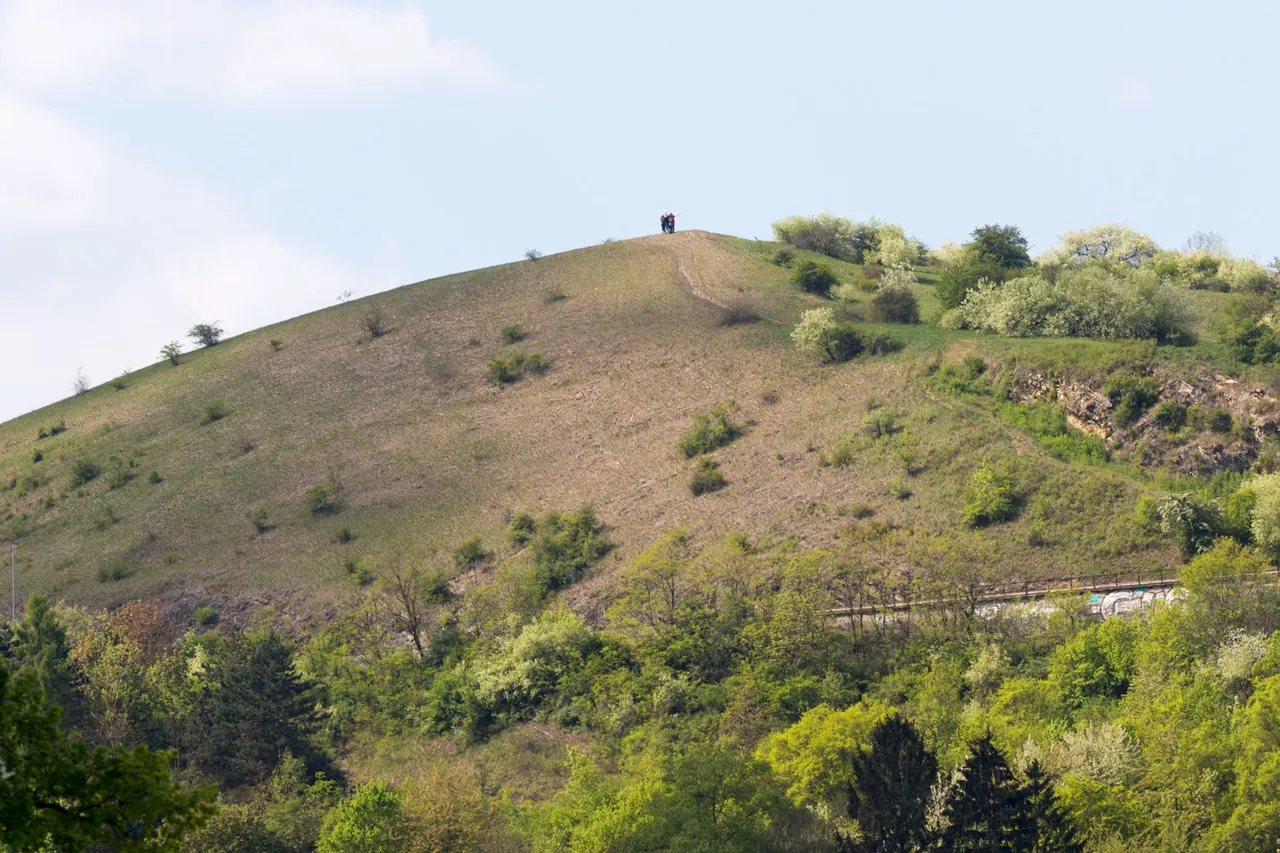
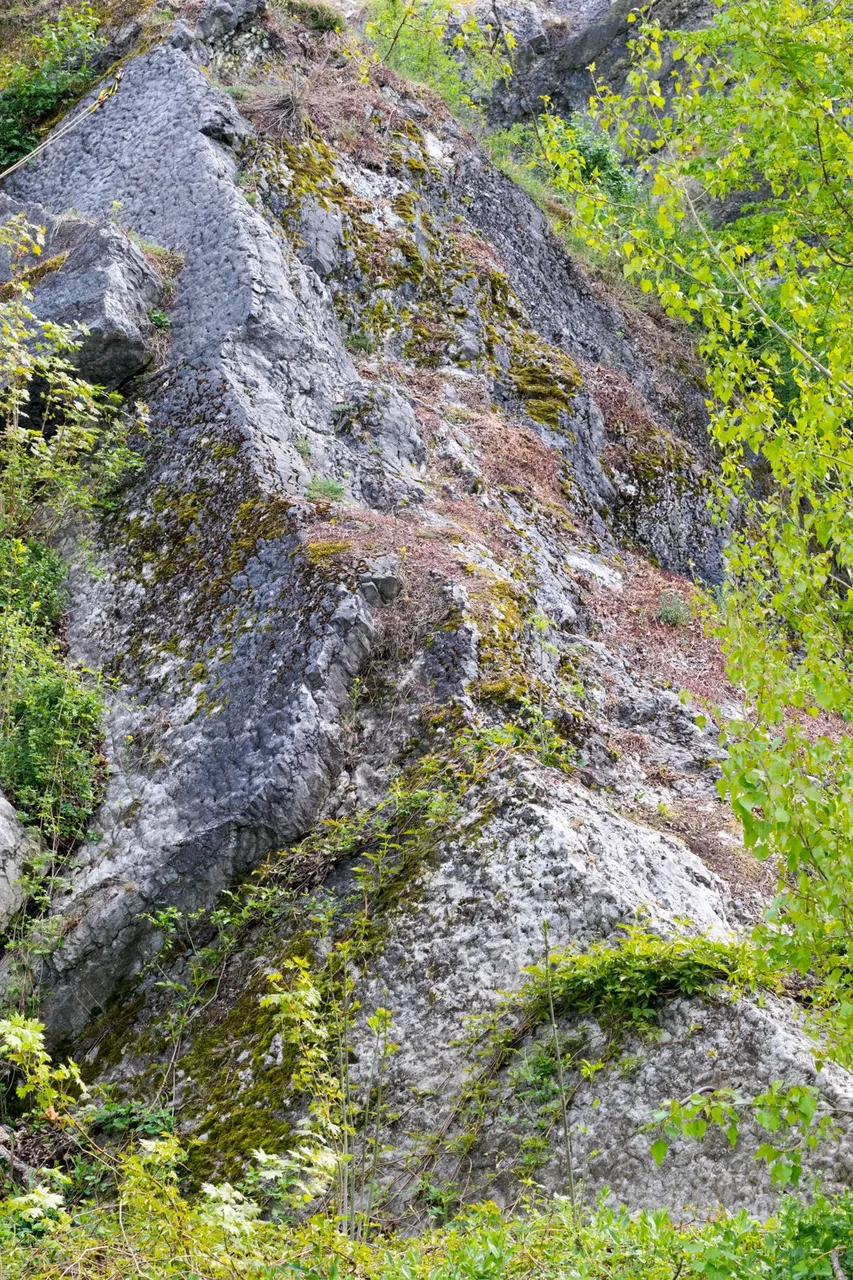
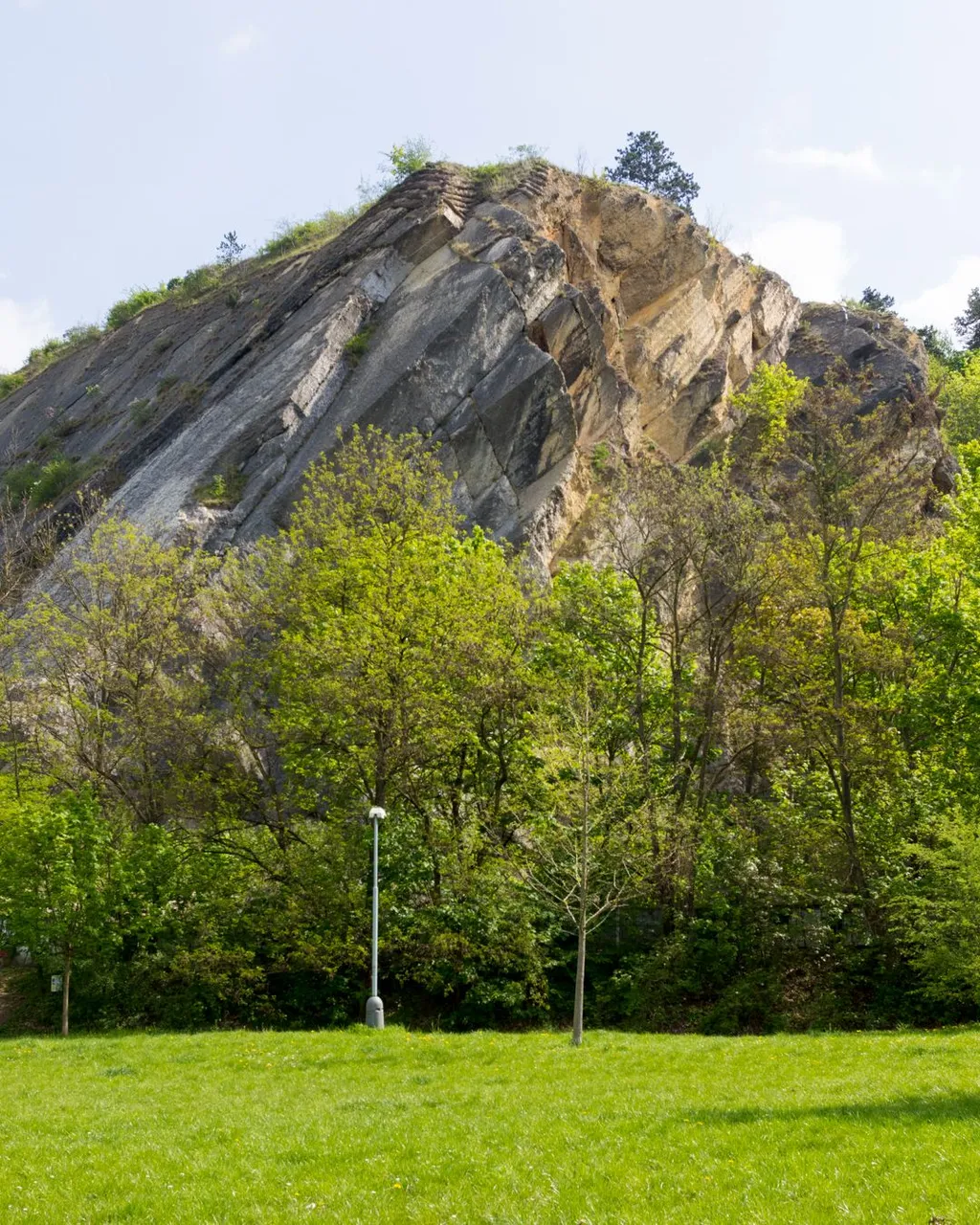
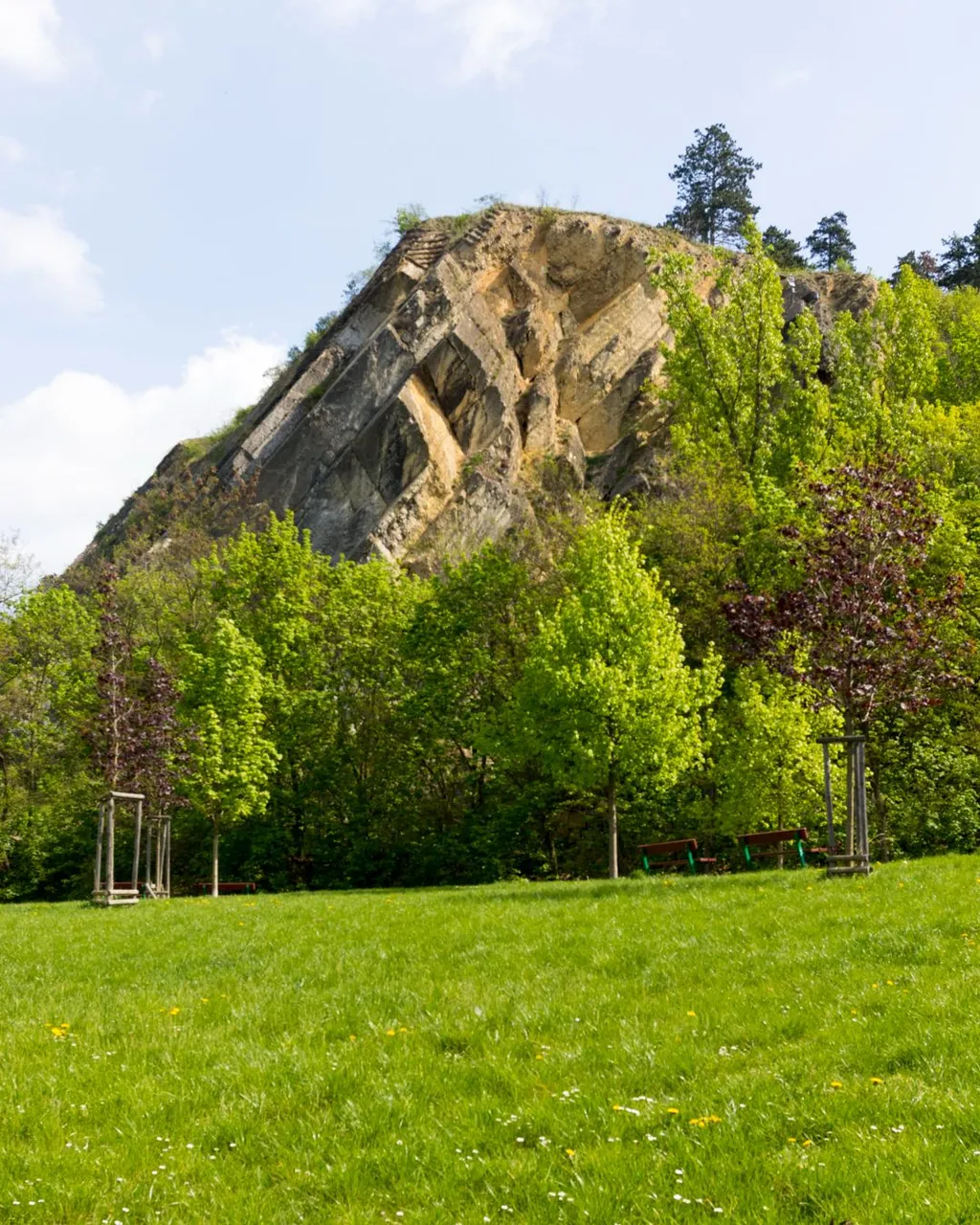
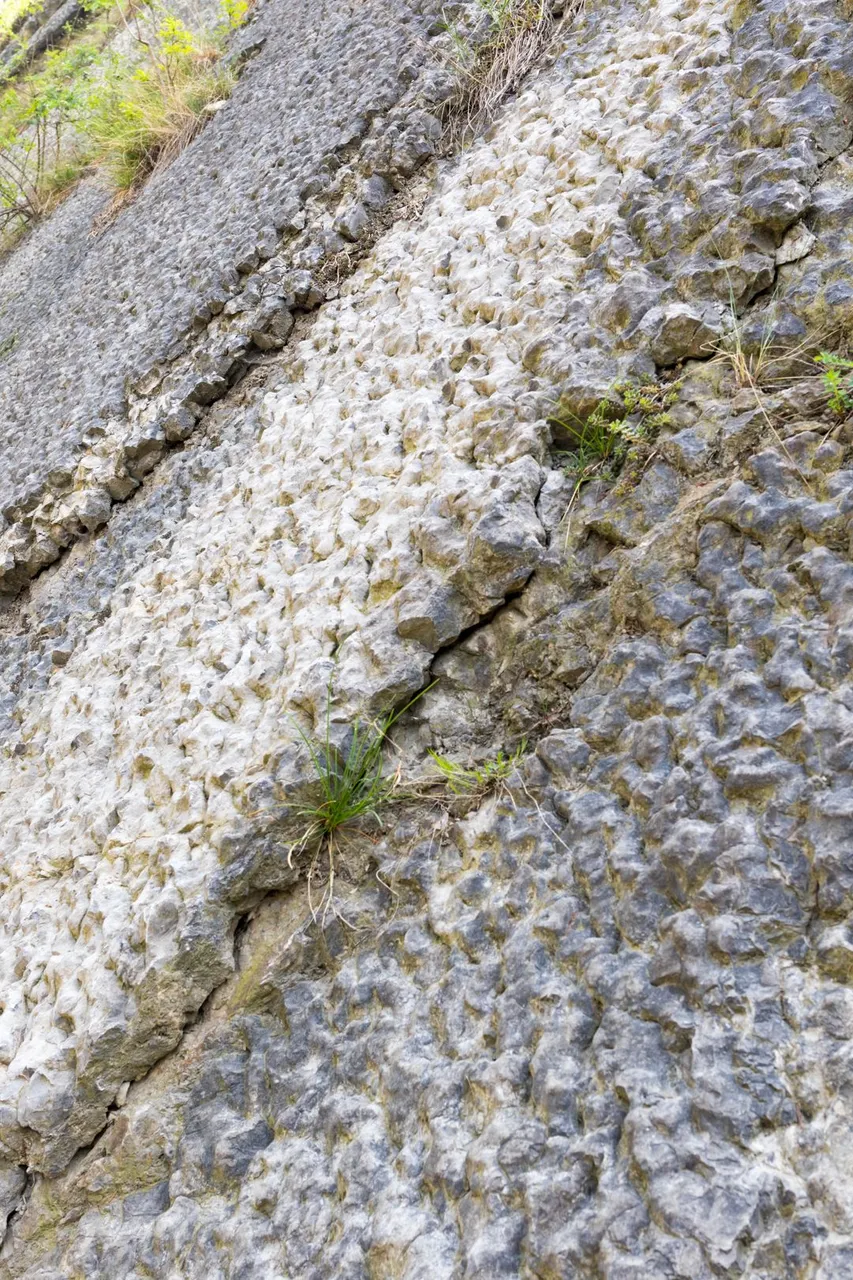
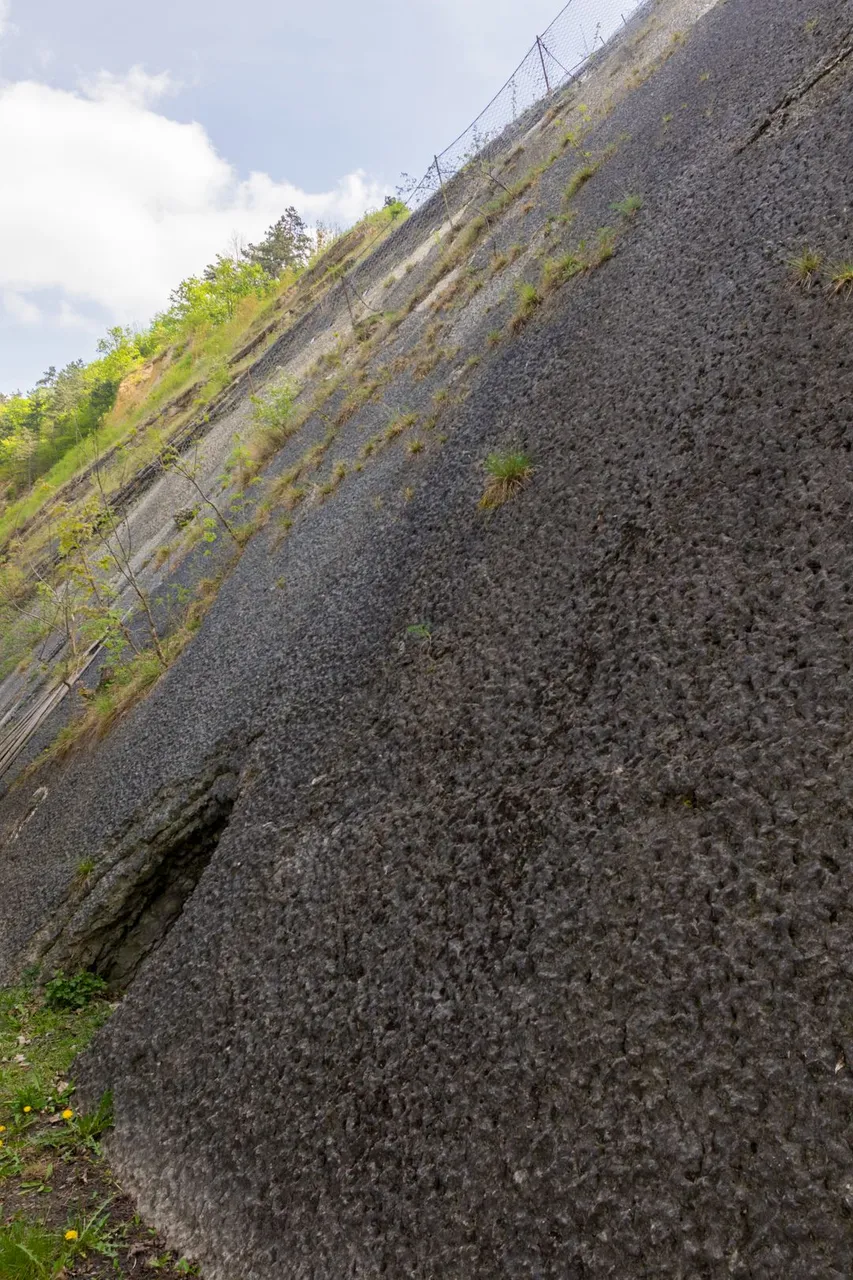
In the last episode, We ended the journey at the swimming stadium, and today we will start it at the nearby Branická skála (Branik rock). This rock is dominant on the bank of the river and divides the Podolí district from Braník. This rock is quite unusual in its shape. Flat surfaces, which are typical for it when viewed from a distance. On the other hand, when viewed closely, it is quite uneven.
V minulém díle jste cestu ukončili u plaveckého stadiónu a dnes ji začneme u nedaleké Branické skály. Tato skála je dominantou na břehu řeky a odděluje čtvrť Podolí od Braníka. Tato skála je dosti netypická svým tvarem. Rovnými plochami, které jsou pro ni typické při pohledu z dálky. Při pohledu zblízka je naopak dosti nerovná.
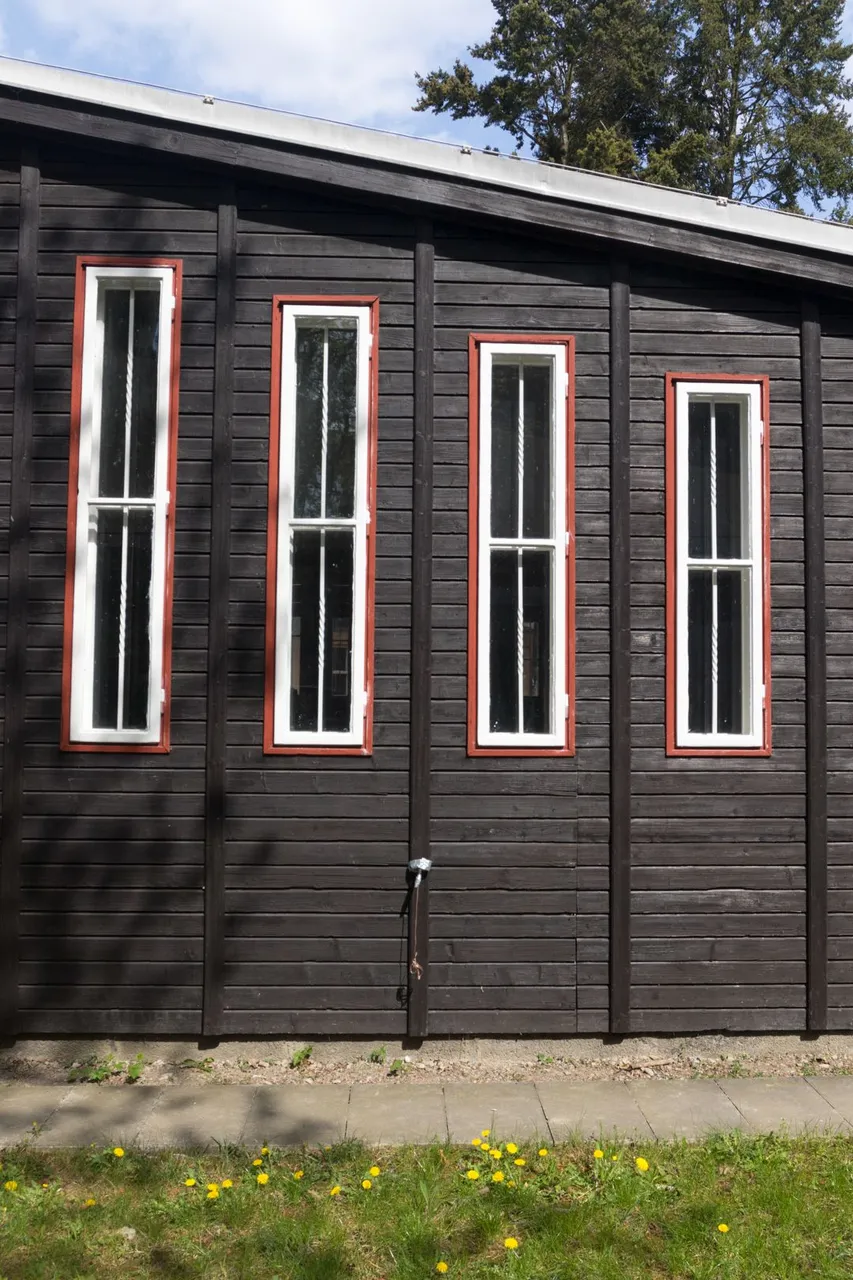
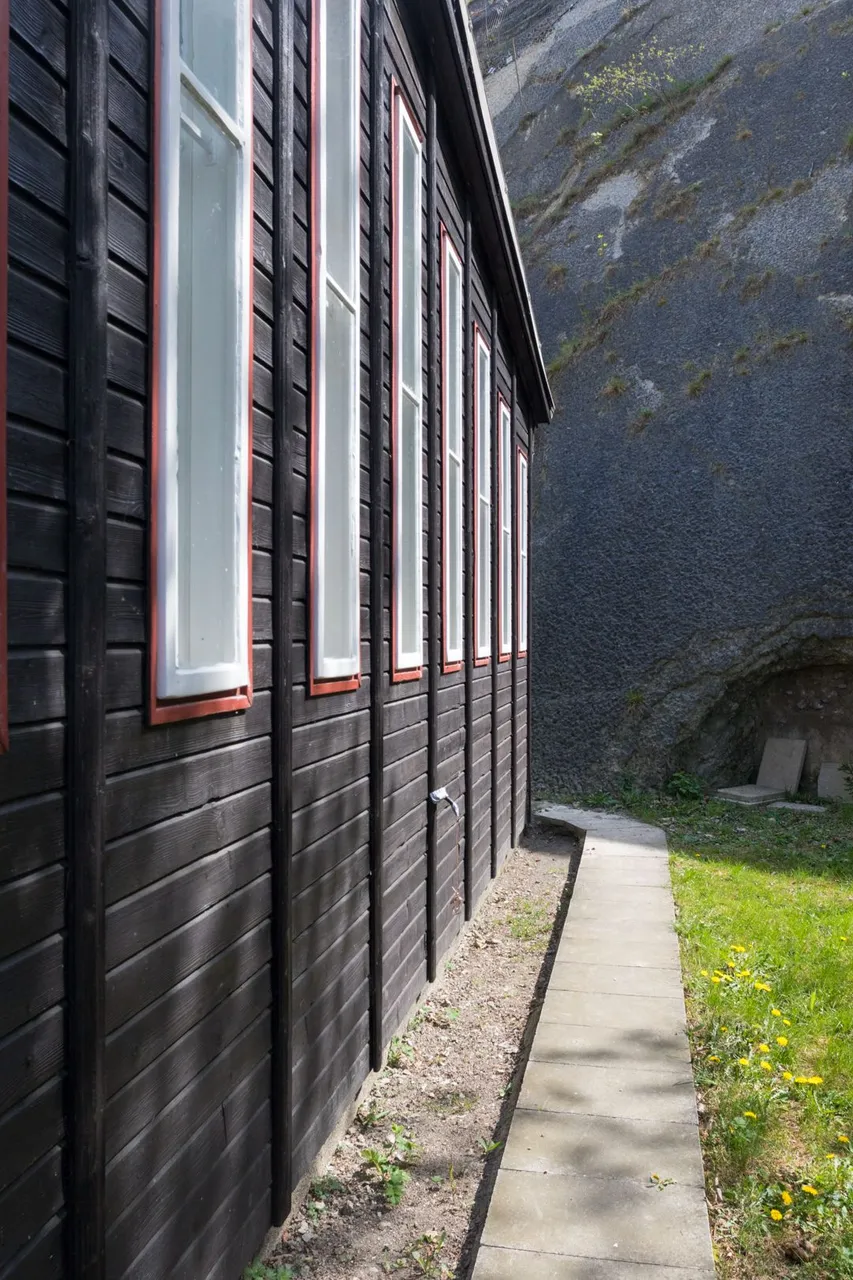
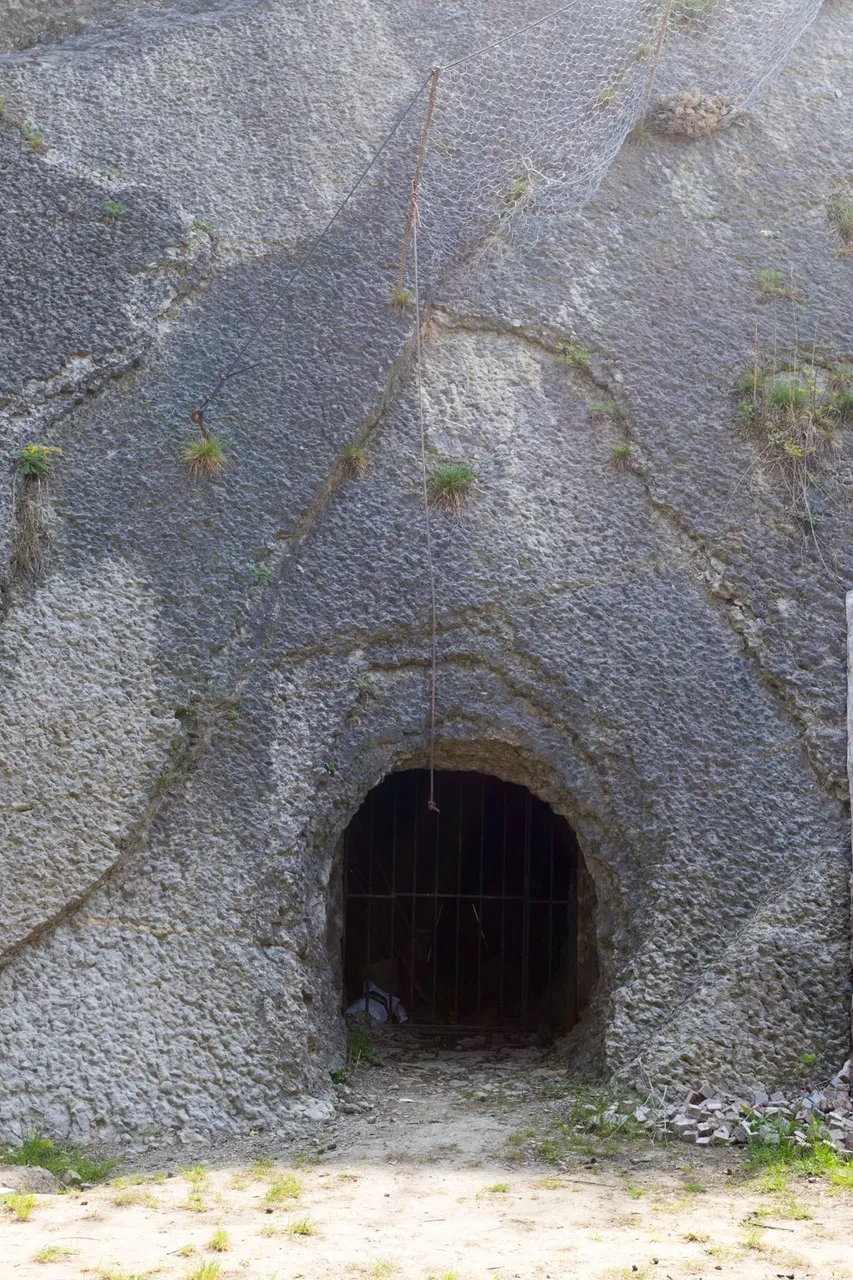
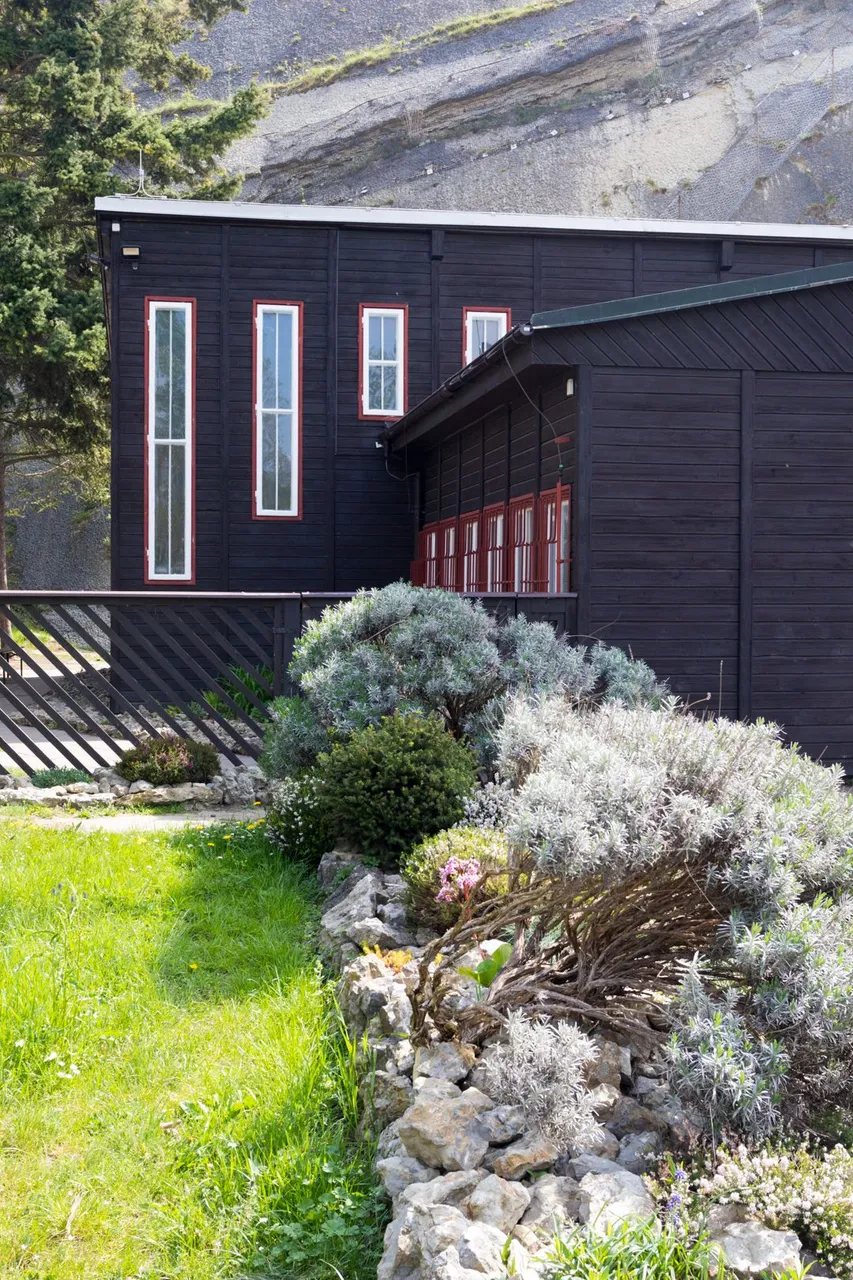

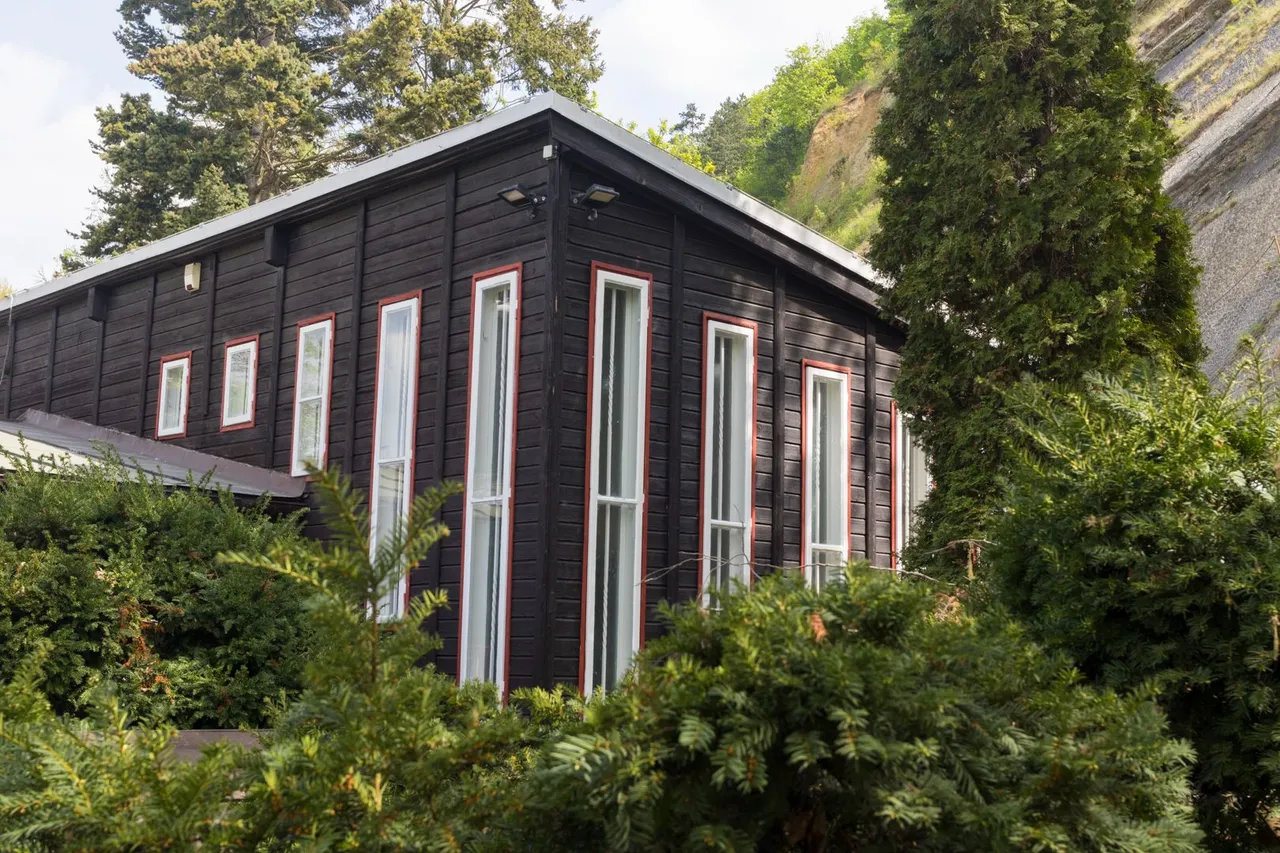
Directly under the rock is another quite atypical building for Prague. A small wooden church of the Czech Brethren Evangelical Church.
Přímo pod skálou se nachází další dosti netypická budova pro Prahu. Malý dřevený kostelík Českobratrské Evangelické církve.
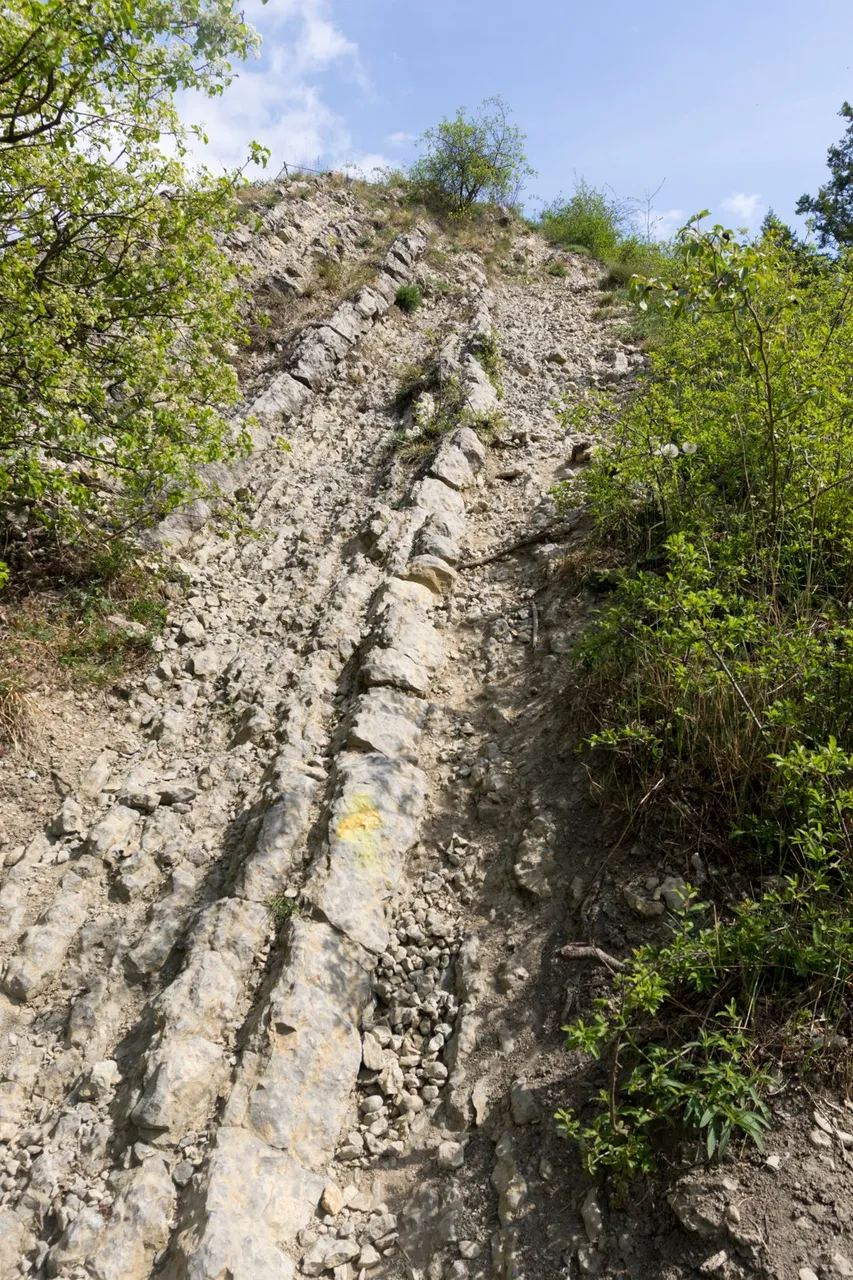
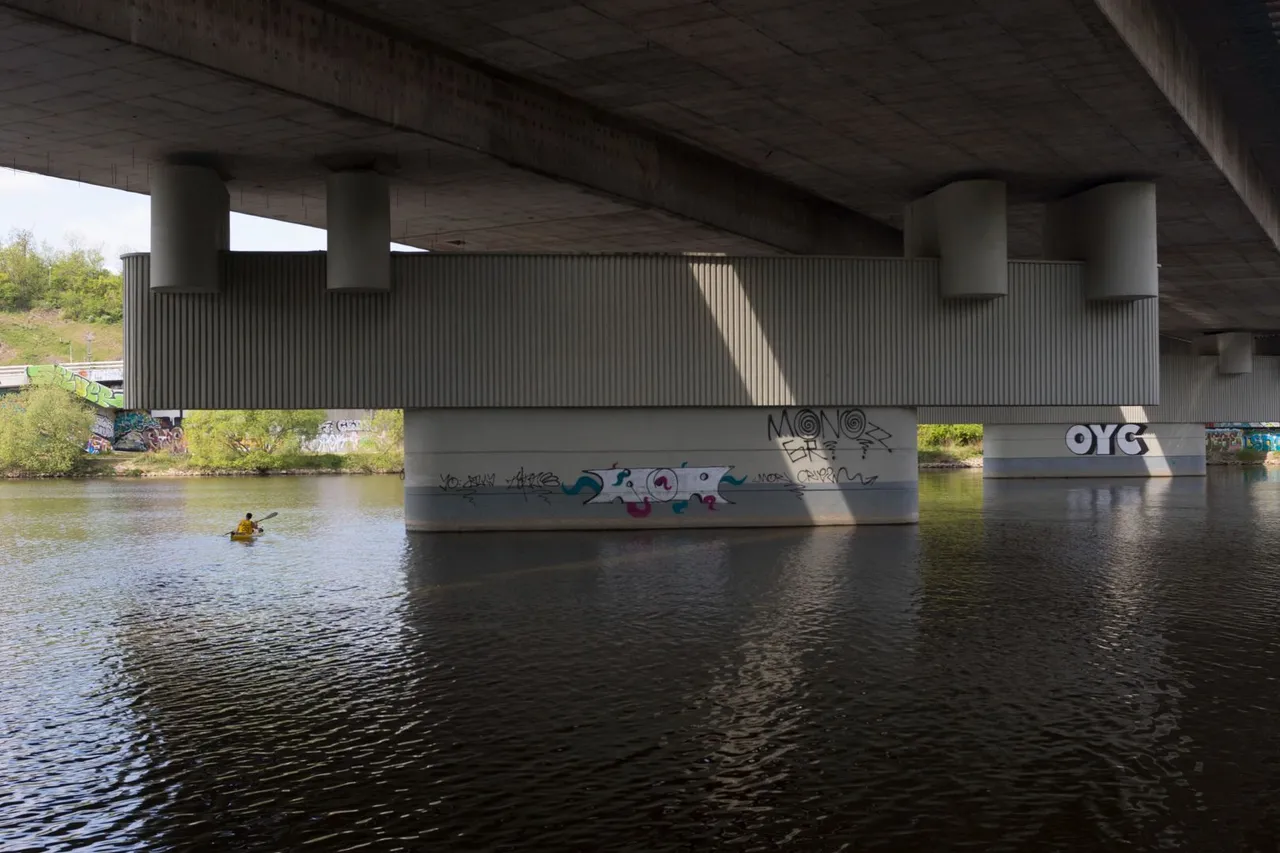
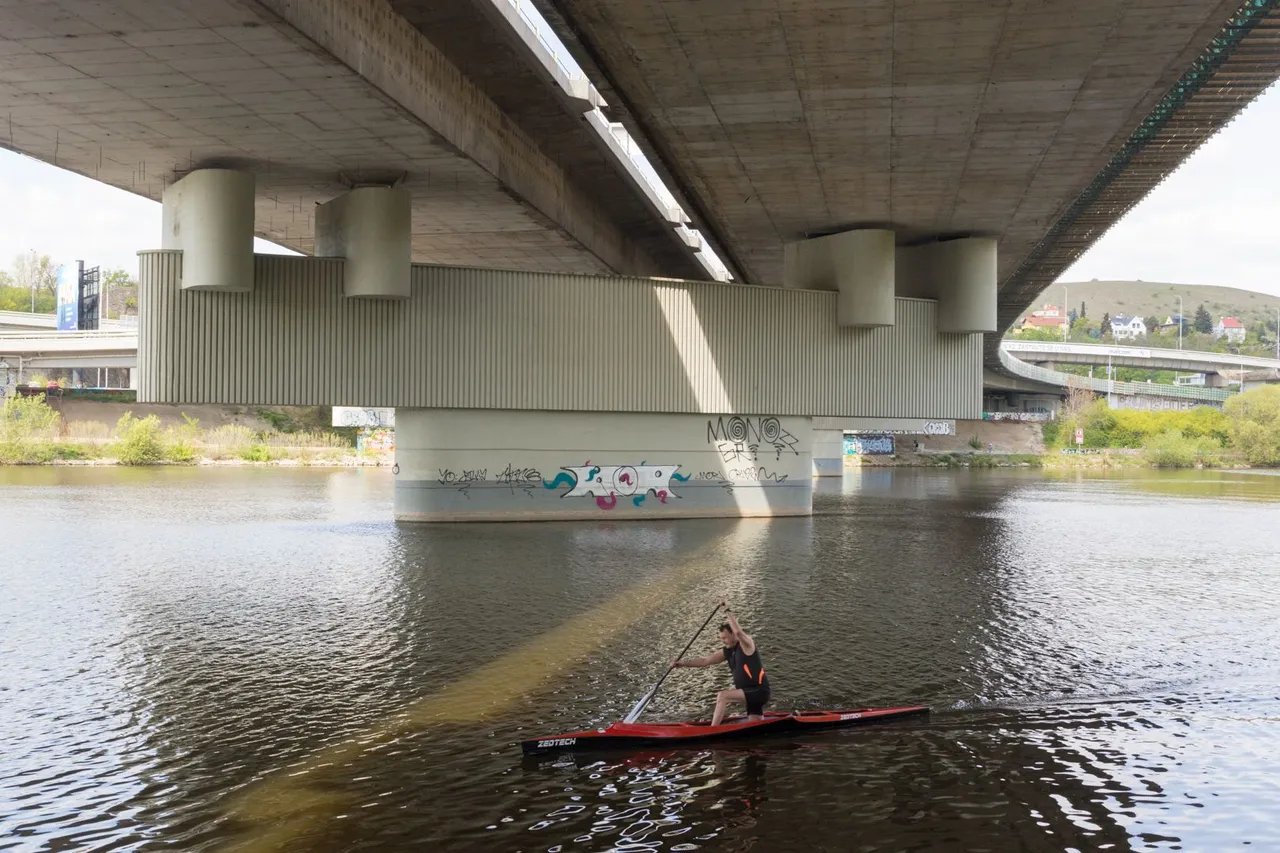
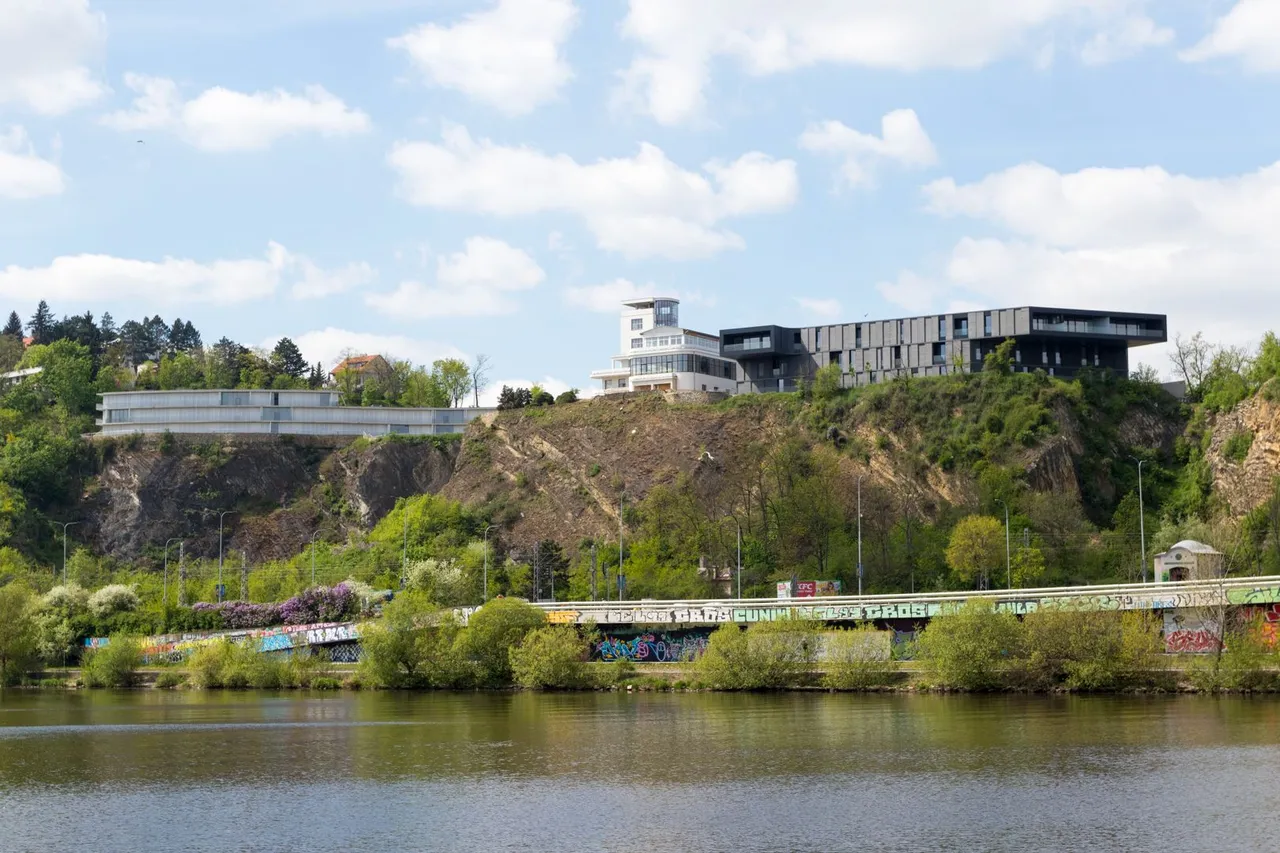
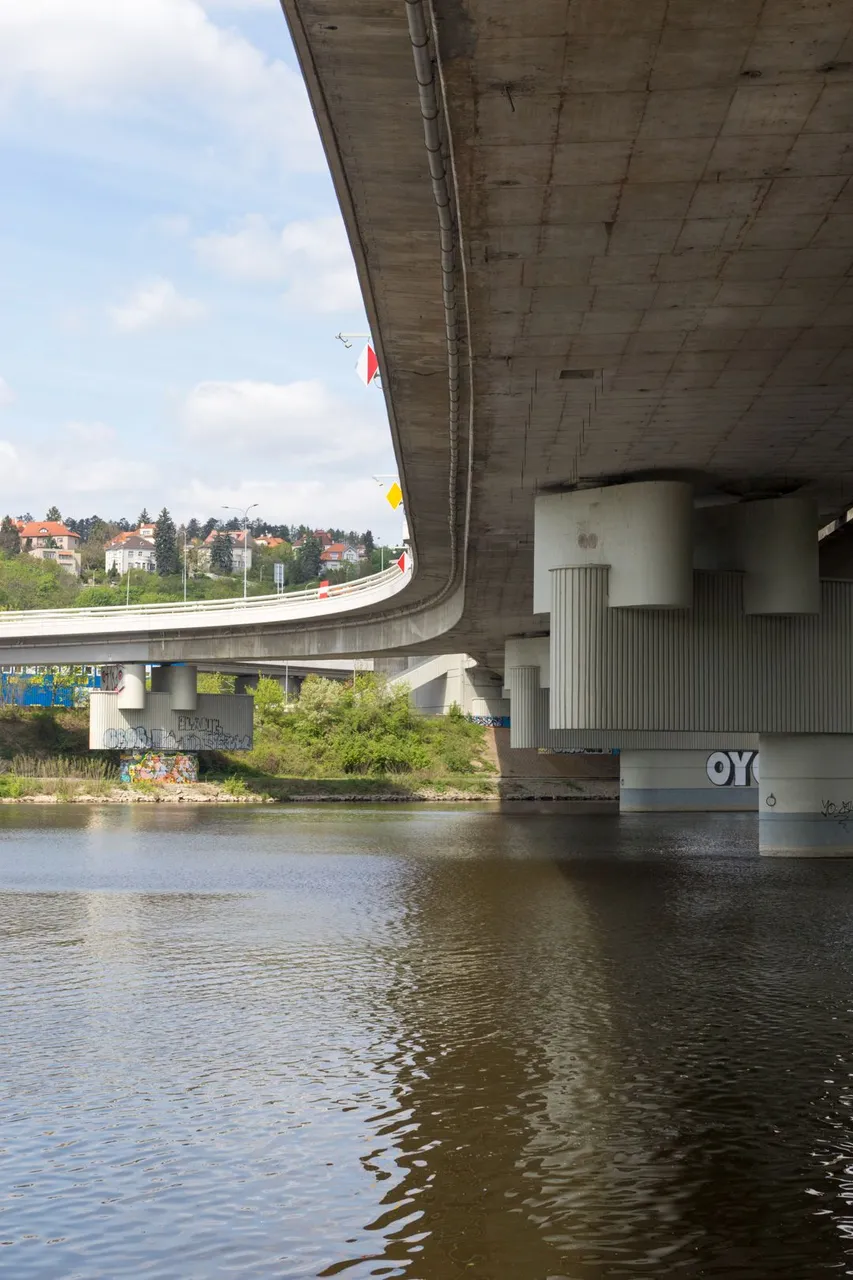
After a few hundred meters upstream, we come across a huge concrete road bridge from the late 1980s. Which, after 30 years of its existence, is undergoing a massive reconstruction and thus complicates traffic in the southern part of Prague.
Po pár stovkách metrů proti proudu řeky narazíme na obrovský silniční betonový most z konce 80. let 20. století. Který po 30ti letech své existence prochází mohutnou rekonstrukcí a tím komplikuje dopravu v jižní části Prahy.
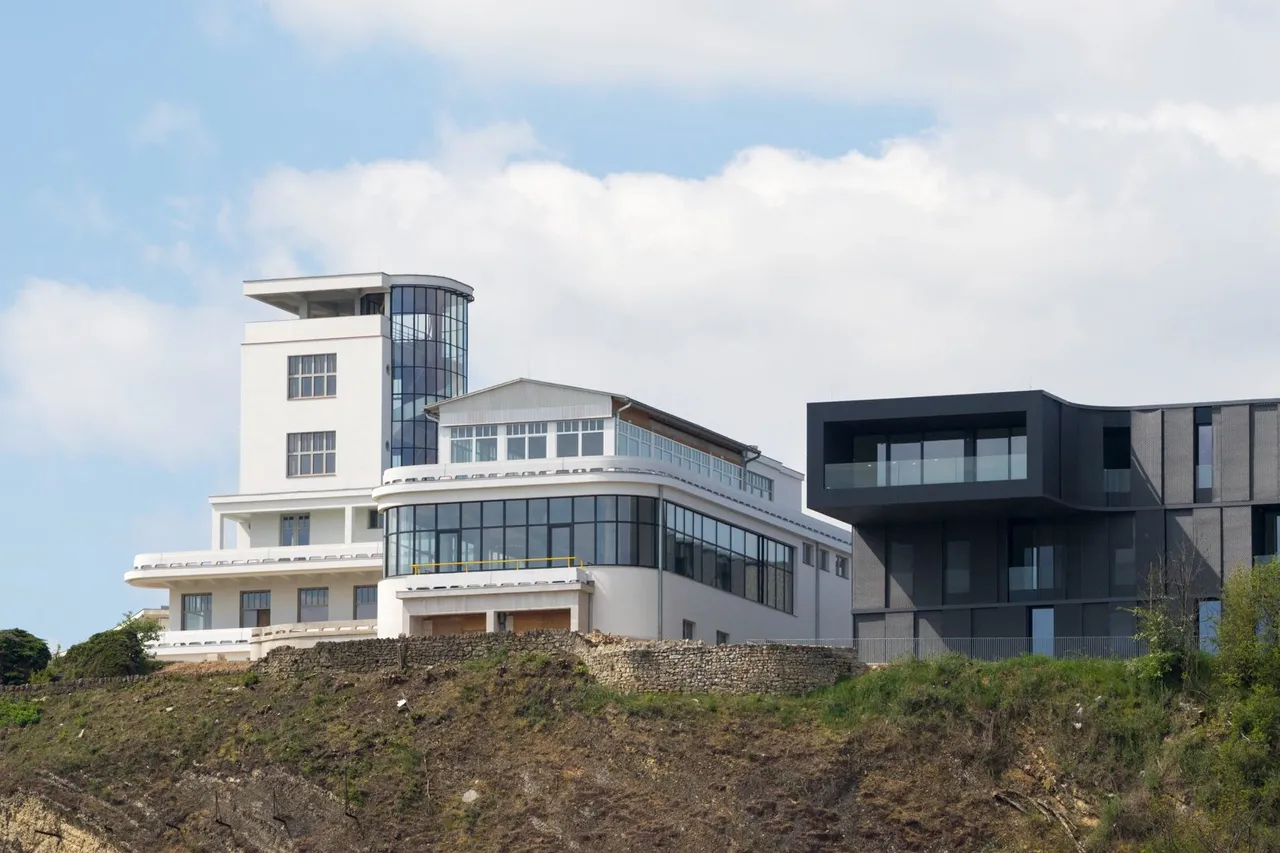
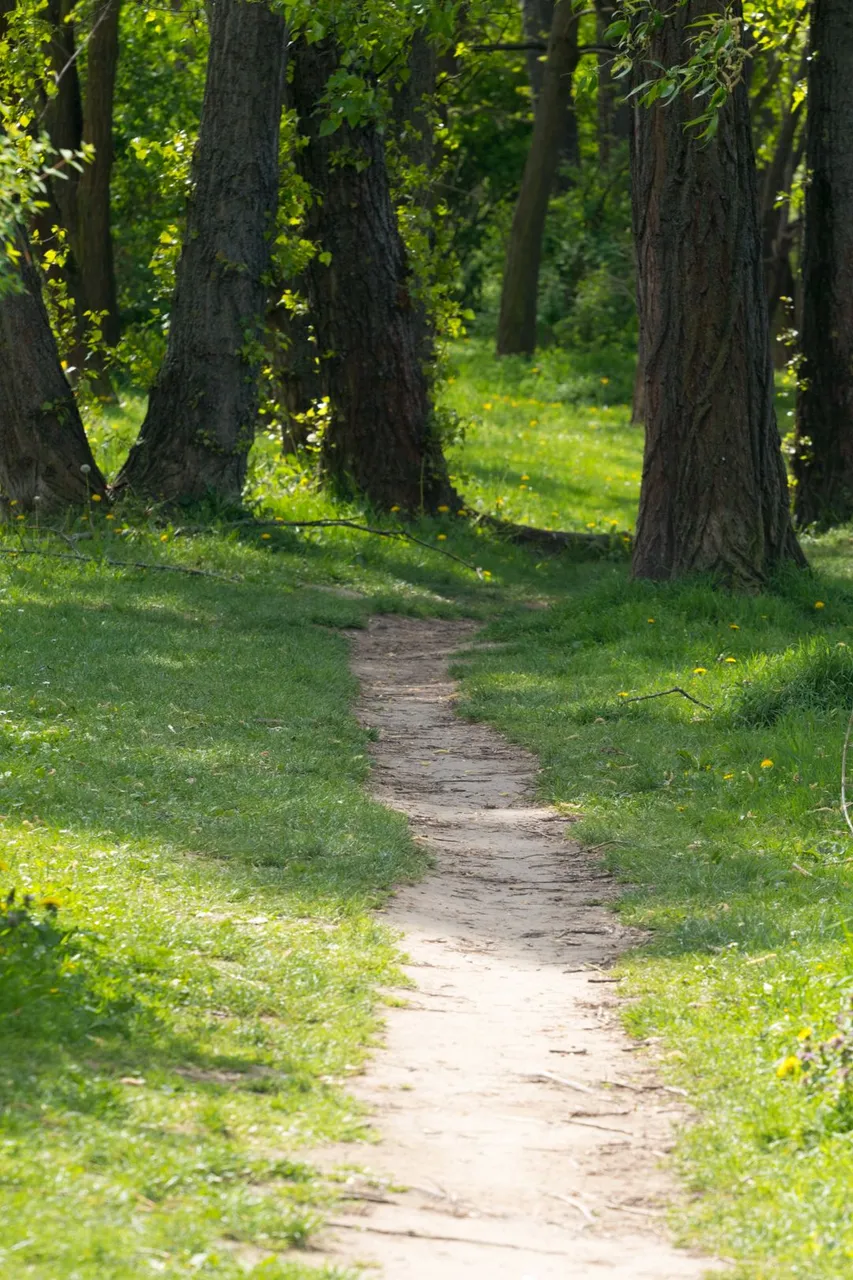
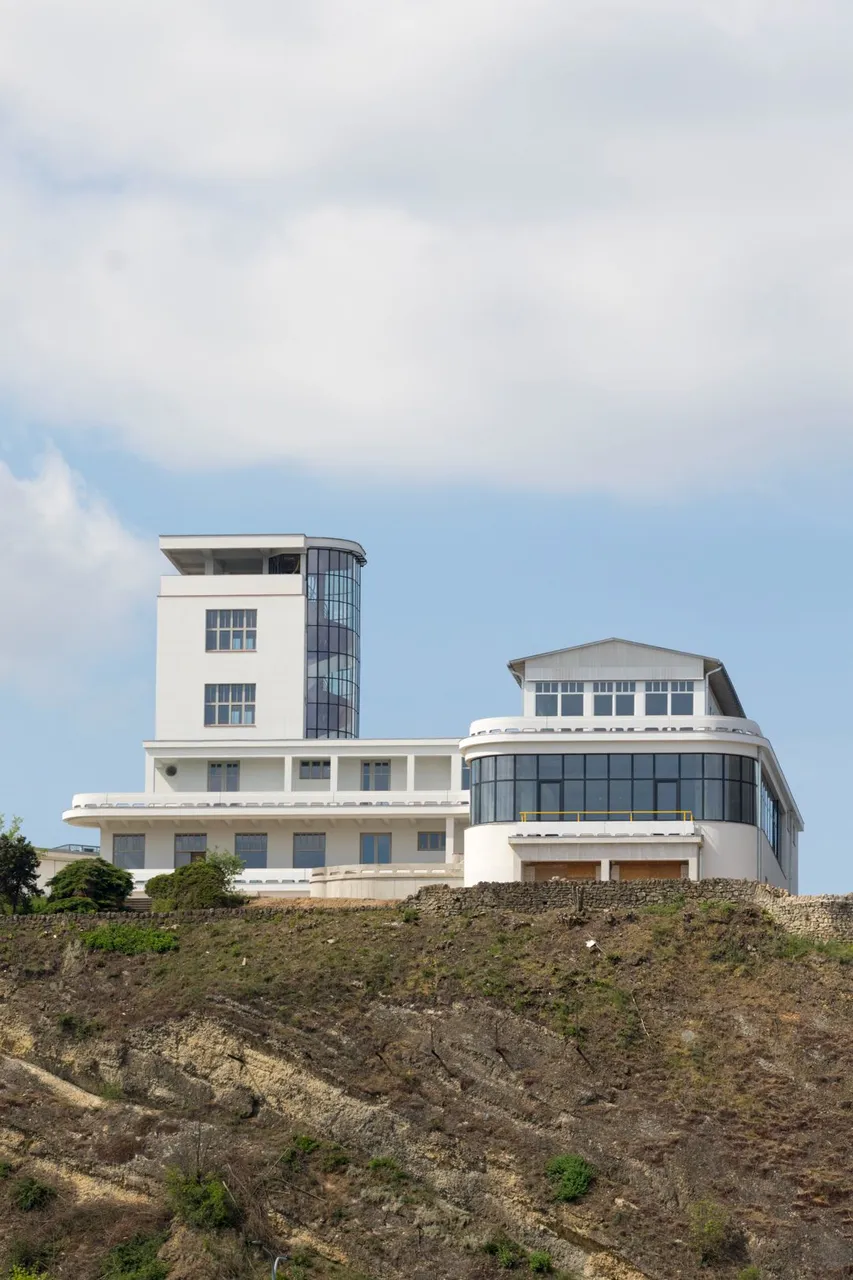
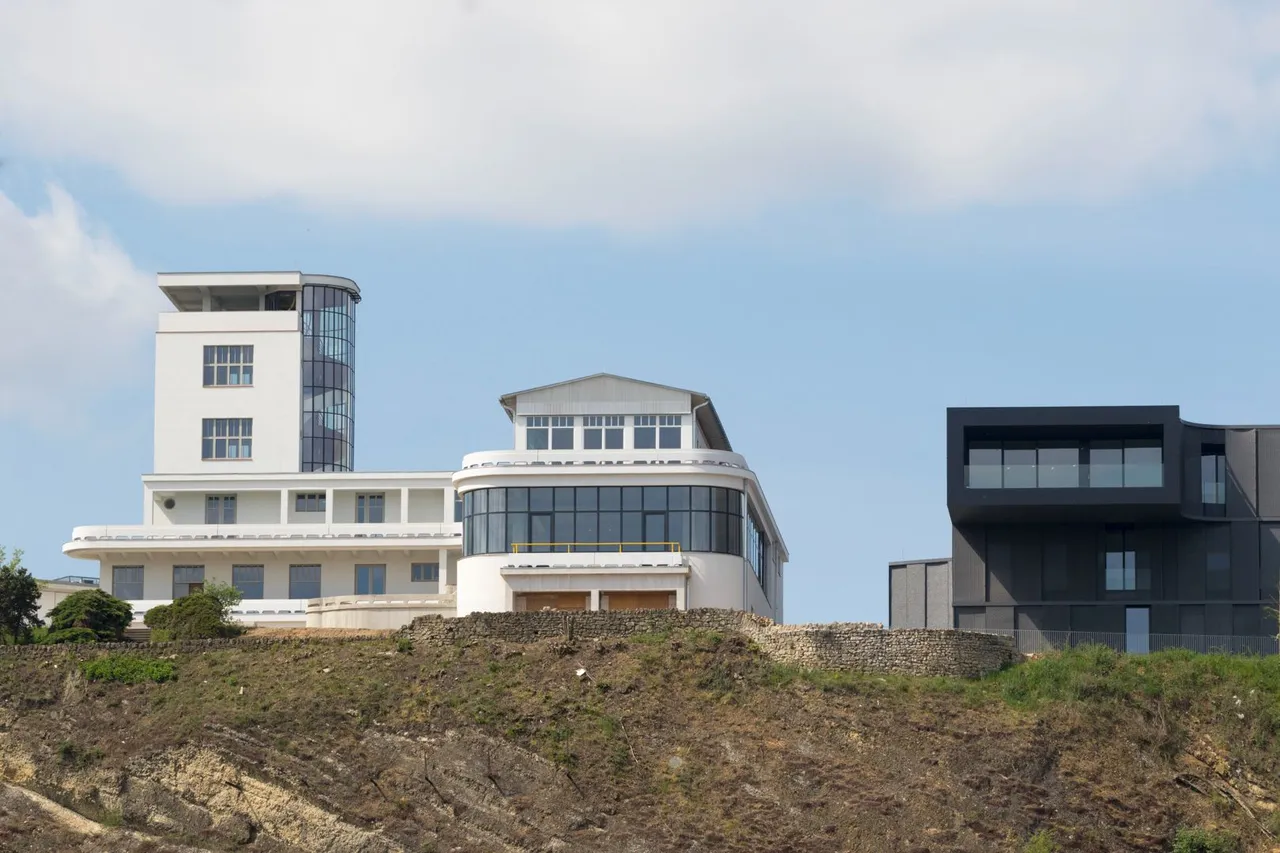
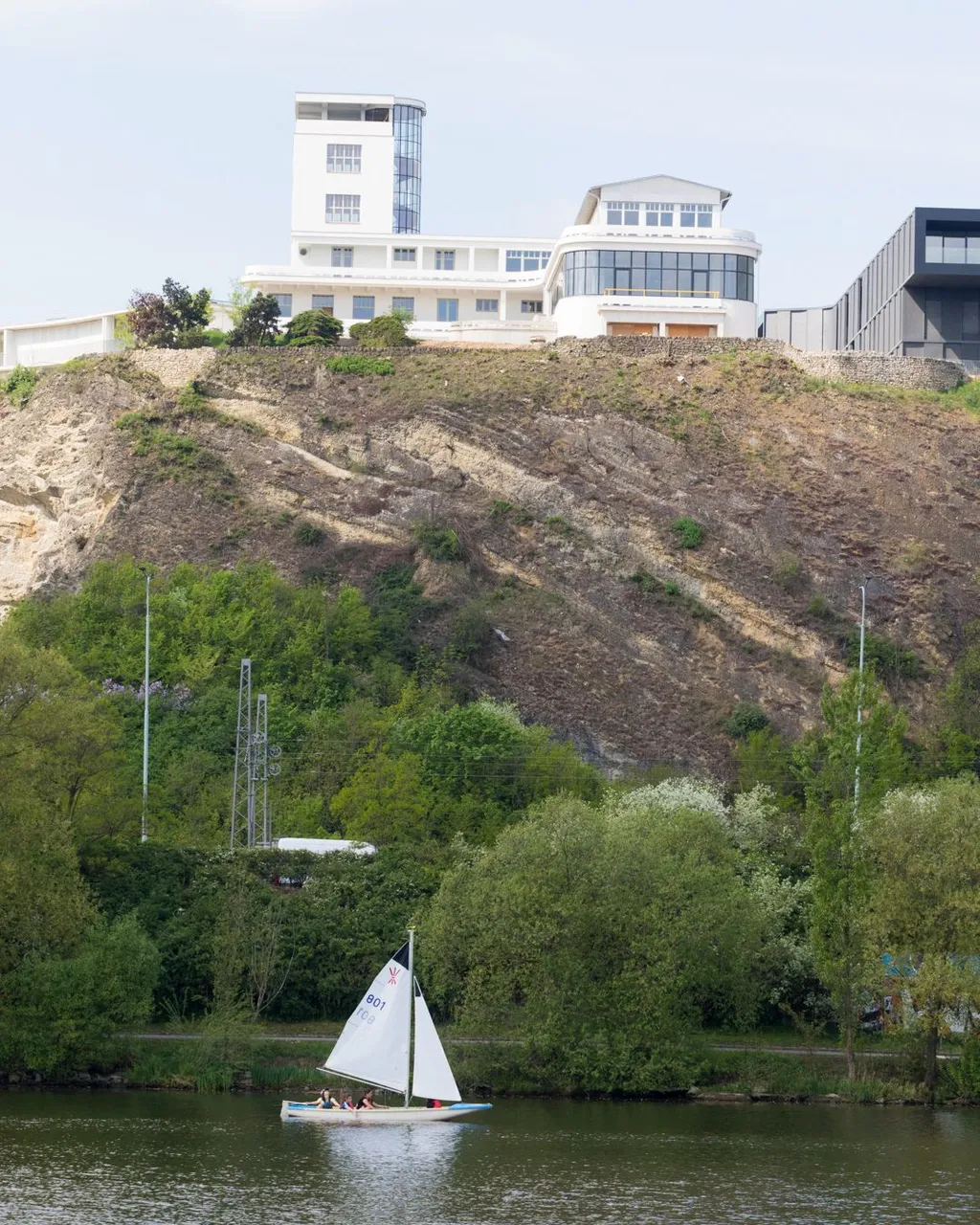
Above the bridge on the rock rises a building called Barrandovské terasy. It was built in 1929. Previously, this place served as a meeting place for rich people from the time before the Second World War. During the times of socialism, the place was left to its own destiny, and only three years ago the reconstruction and conversion into a hotel complex began.
Nad mostem na skále se tyčí budova s názvem Barrandovské terasy. Ta byla postavena v roce 1929. Dříve toto místo sloužilo jako místo setkávání movitých lidí z doby před druhou světovou válkou. V době socialismu bylo místo ponecháno svému osudu a teprve před třemi lety byla zahájena rekonstrukce a přestavba na hotelový komplex.
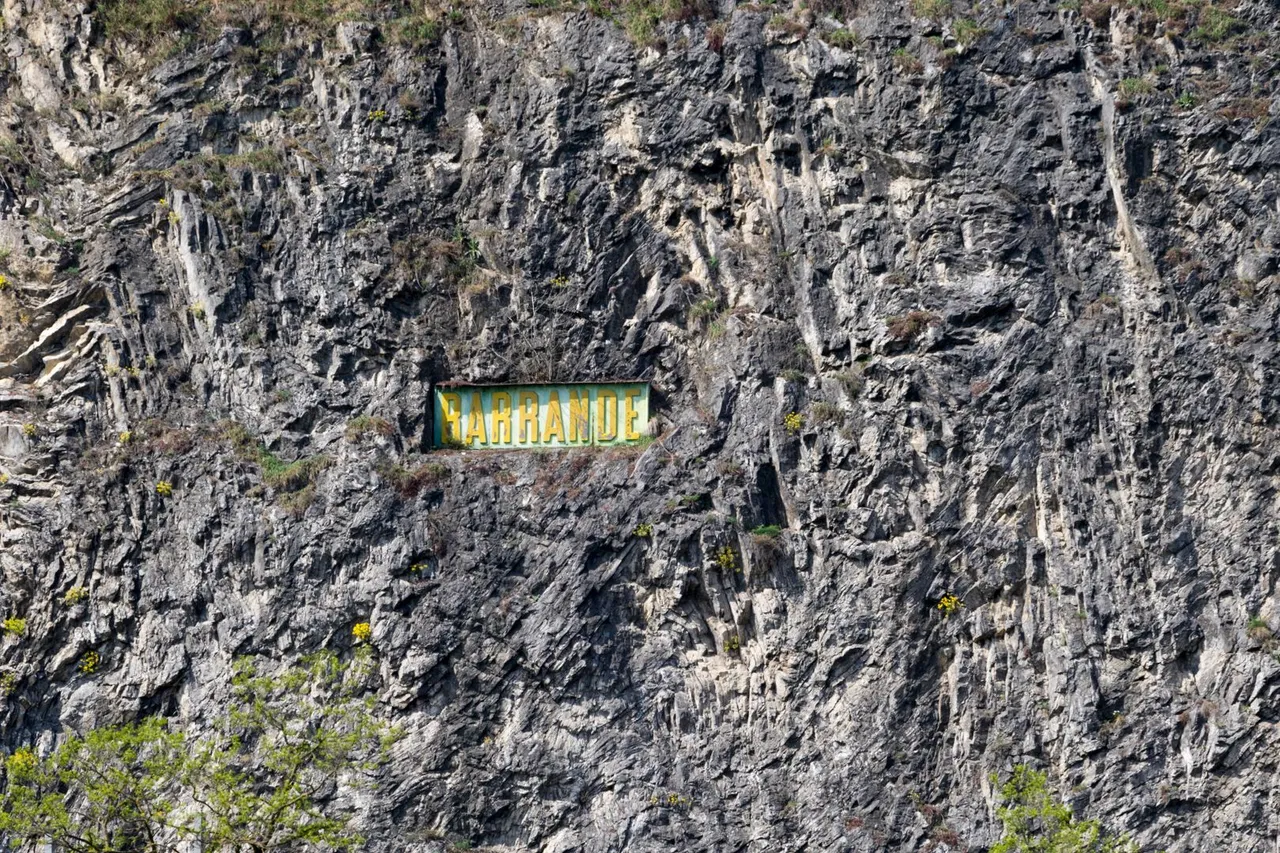
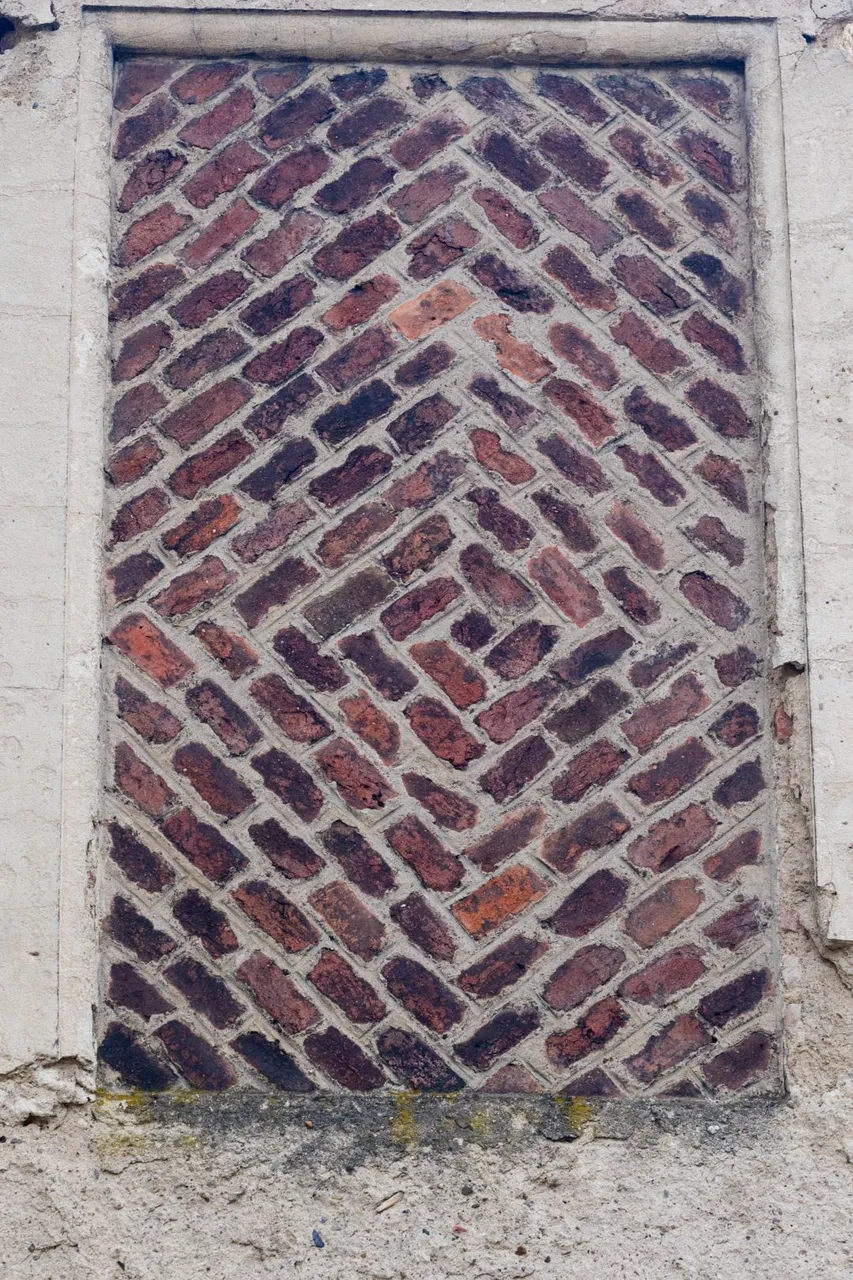
Another complex awaiting reconstruction is the former Branické ledárny (Branik ice parlor). Which used to supply the entire Prague with ice in the warm months, so that the people of Prague could have a cold beer.
Dalším komplexem, který čeká na svojí rekonstrukci jsou bývalé Branické ledárny. Které dříve zásobovaly celou prahu ledem v teplých měsících, aby si pražané mohly dát studené pivo.

There are plenty of water-themed sports clubs along the river. Some of them also have historical buildings.
Podél řeky je spousta sportovních klubů s vodní tematikou. Jež některé mají taktéž historické budovy.

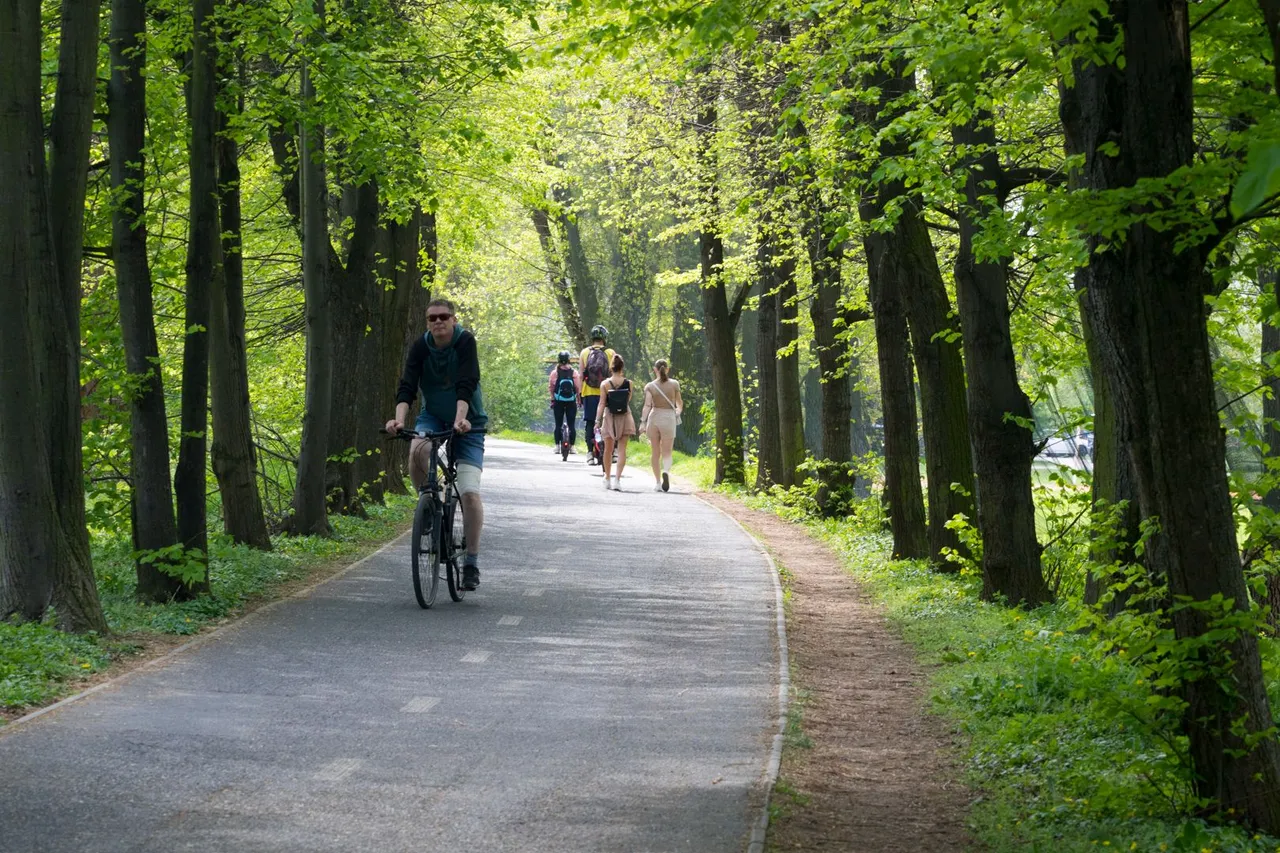
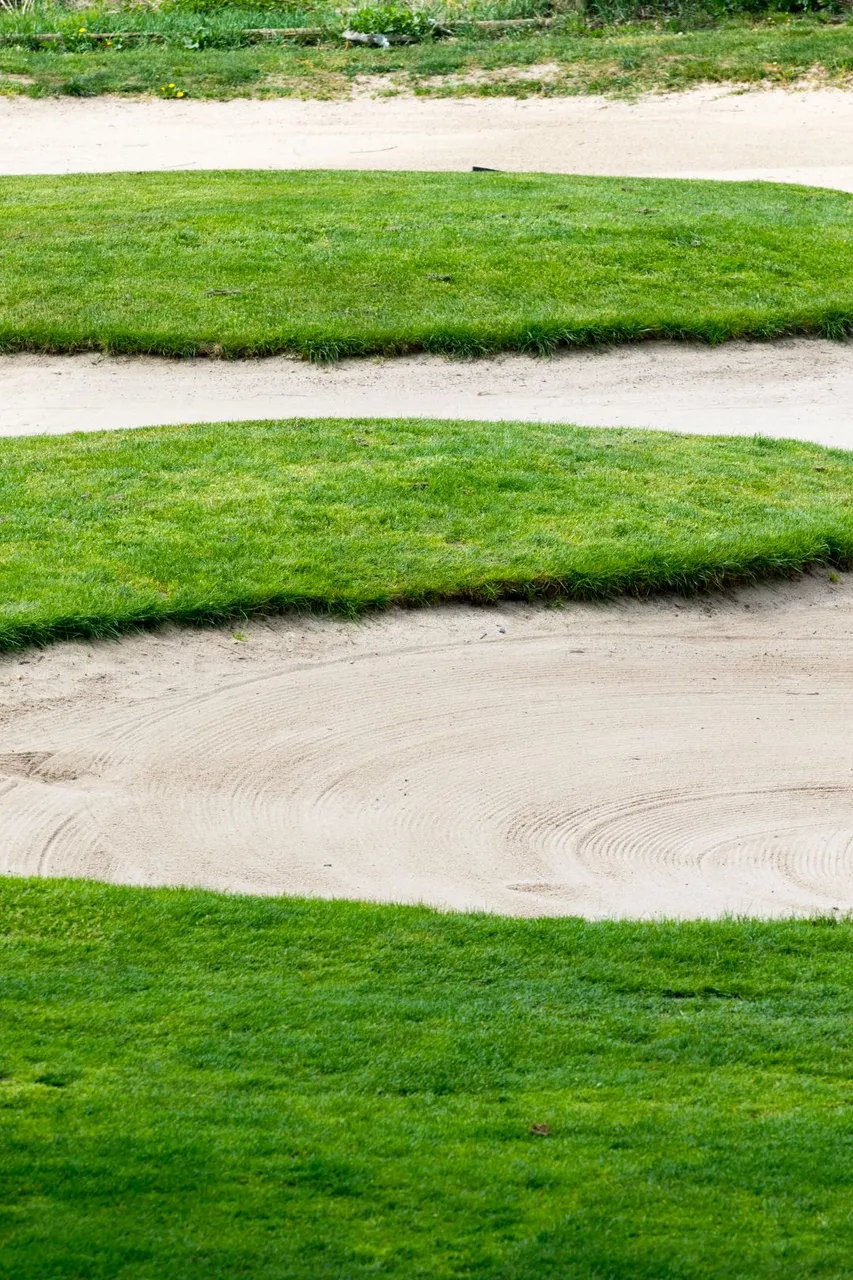
Overall, the area between Braník and Modřany is used for sports purposes. Such as cycling, golf or Footbalgolf
Celkově je oblast mezi Braníkem a Modřany využíván ke sportovním účelům. Jako jsou cyklistika,
golf, nebo fotbalgolf
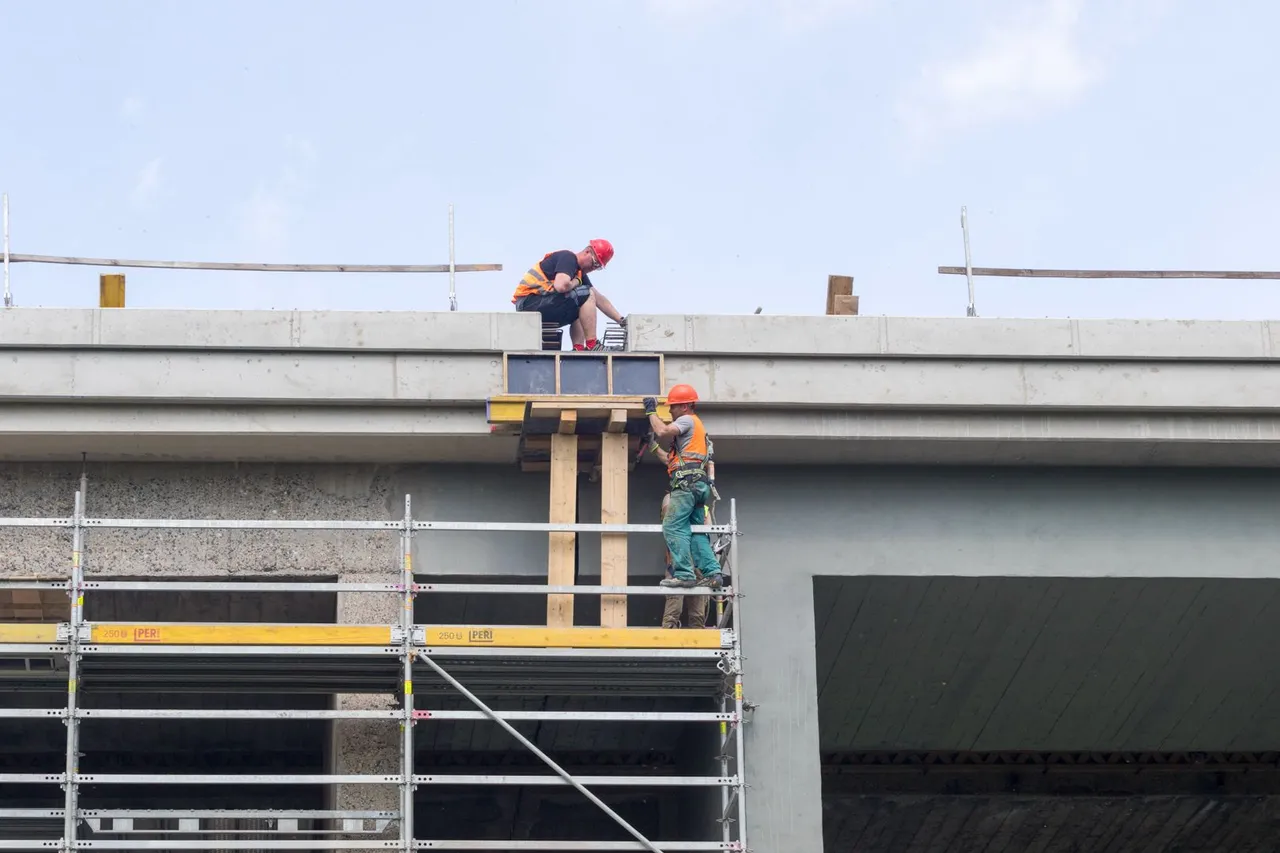
Another bridge that will undergo reconstruction is another railway bridge, which is popularly called the Intelligence bridge. It is otherwise called Branický and is being reconstructed to ease traffic during the reconstruction or rebuilding of the railway bridge from the previous article.
Dalším mostem, který se dočkává rekonstrukce je další železniční most, kterému se lidově říká most Inteligence. Jinak se jmenuje Branický a je rekonstruován, aby ulehčil dopravě při rekonstrukci, či přestavbě mostu železničního z předchozího článku.
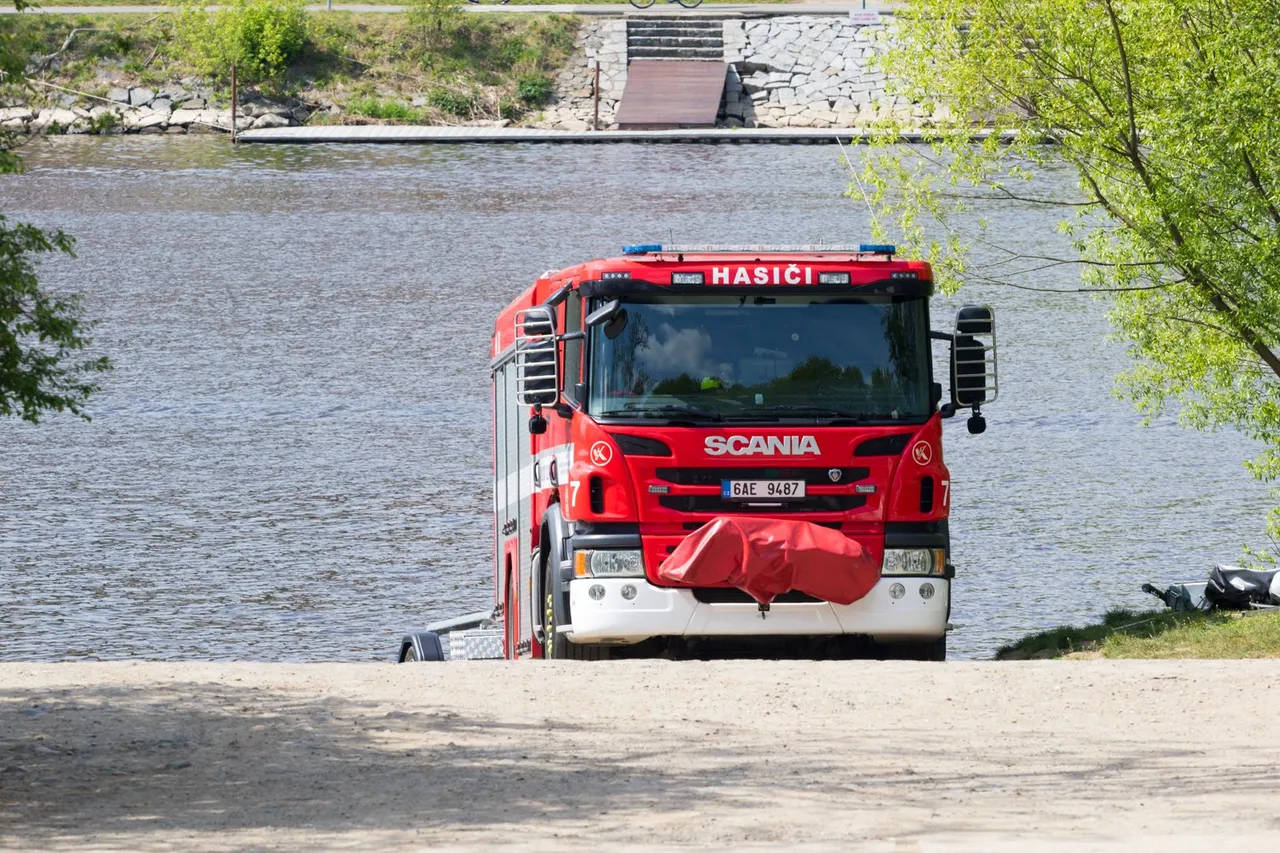


Firefighters, for example, used Saturday's warm afternoon to practice water rescue. I refreshed myself in one of the sports clubs with beer at relatively affordable prices.
Sobotního teplého odpoledne využili i například hasiči, aby trénovali záchranu na vodě. Já jsem se občerstvil v jednom ze sportovních klubů pivem za poměrně lidové ceny.
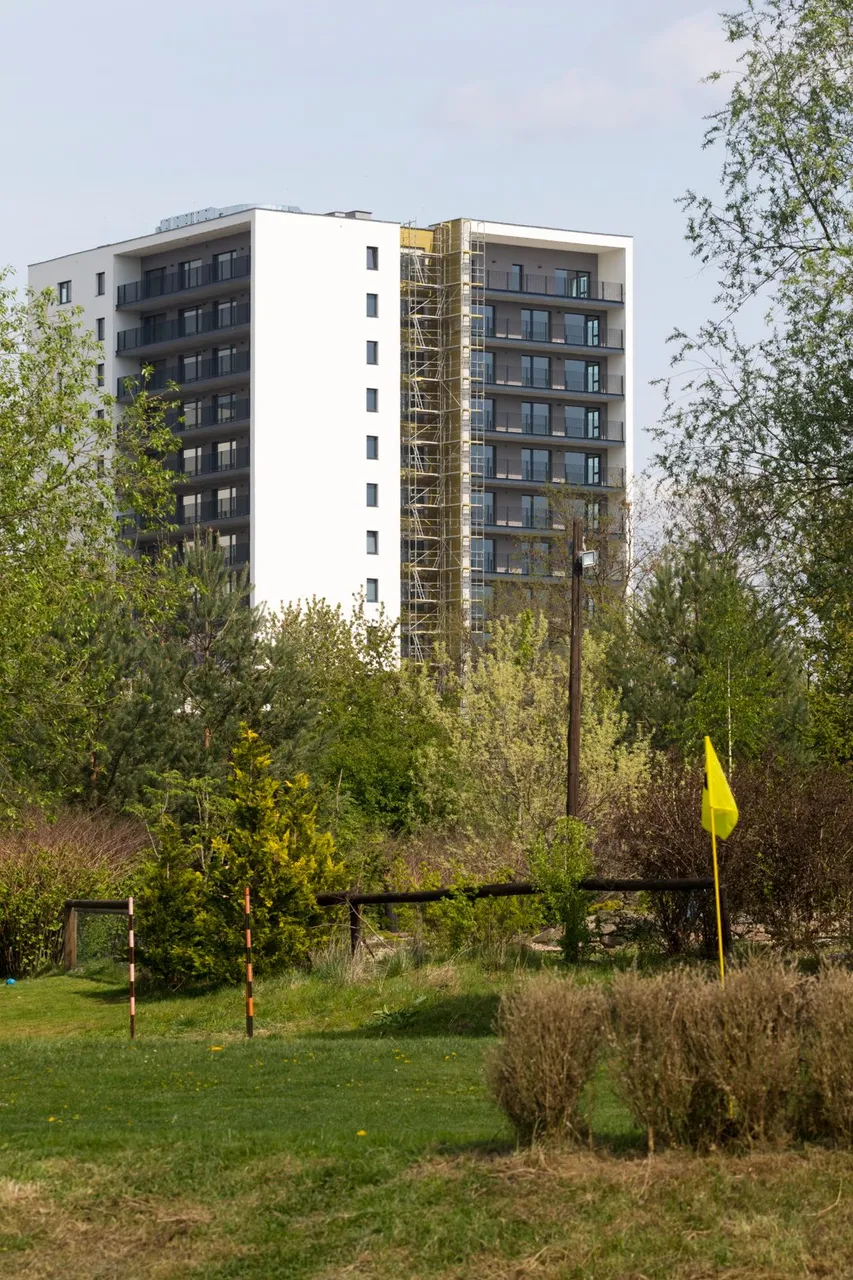
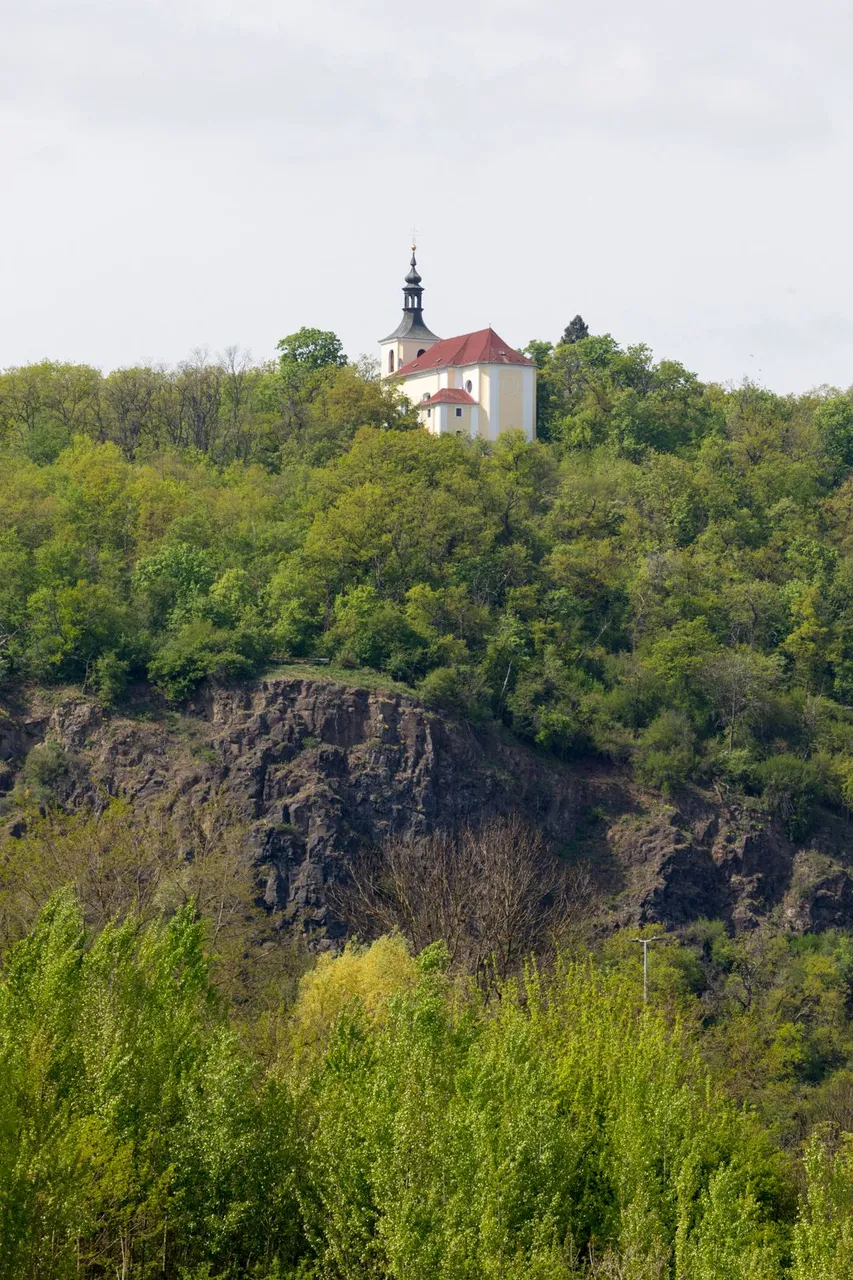
On the outskirts of Modřany, a massive housing development is underway with views of the river and its other bank with a church on a rock.
Na okraji Modřan probíhá mohutná bytová výstavba s výhledy na řeku a její druhý břeh s kostelíkem na skále.

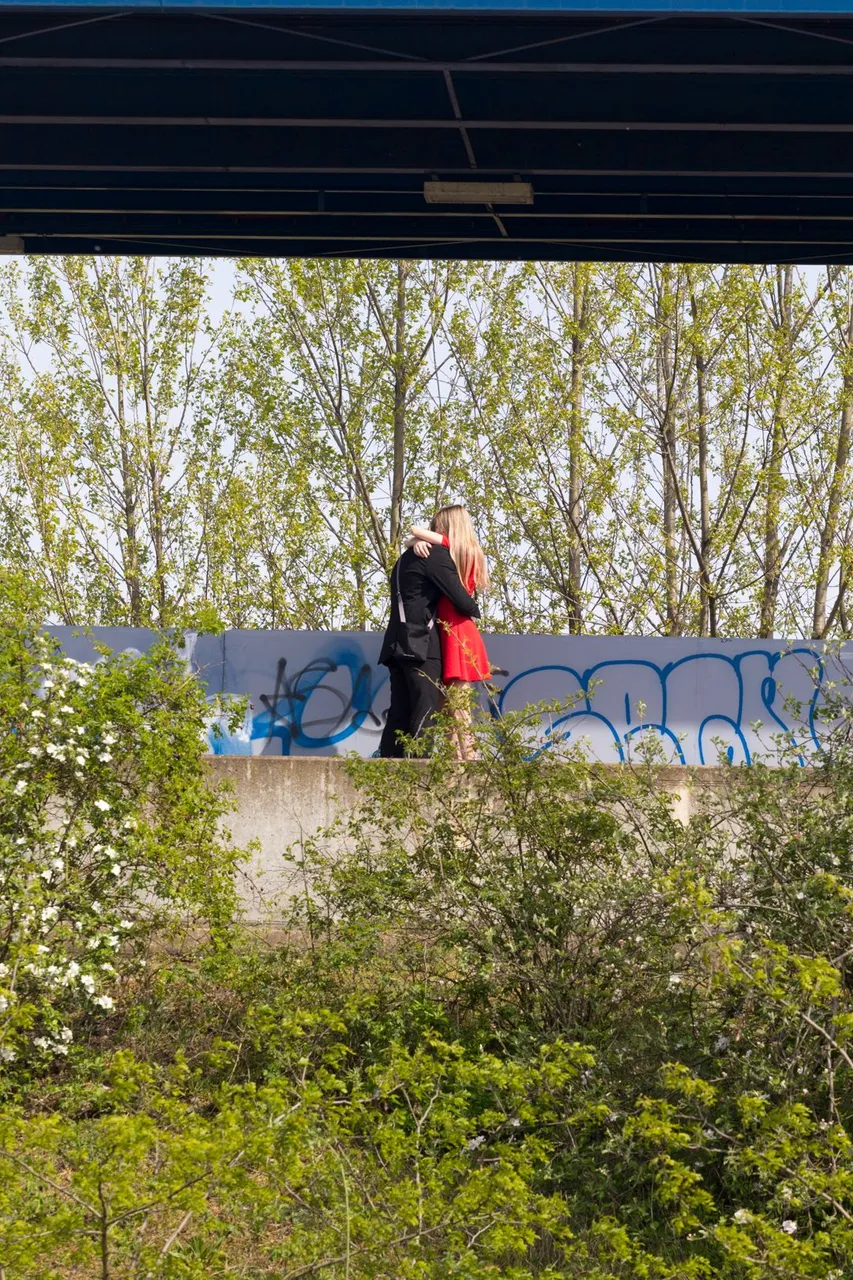
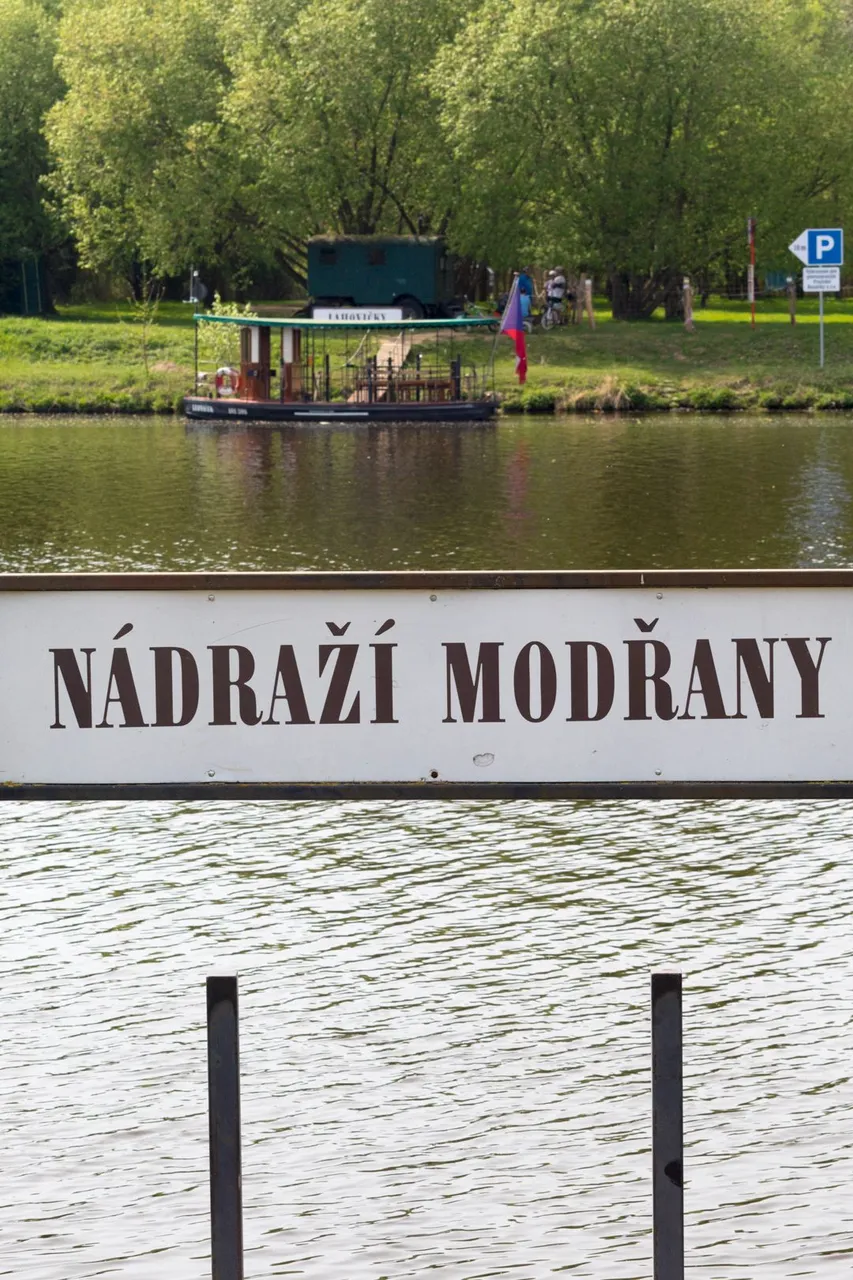
Public transport in Prague is constantly developing, and in recent years several new ferries have been created that connect both sides of the river.
Veřejná doprava v Praze se neustále vyvíjí a v posledních letech vzniklo hned několik nových přívozů, které spojují obě strany řeky.
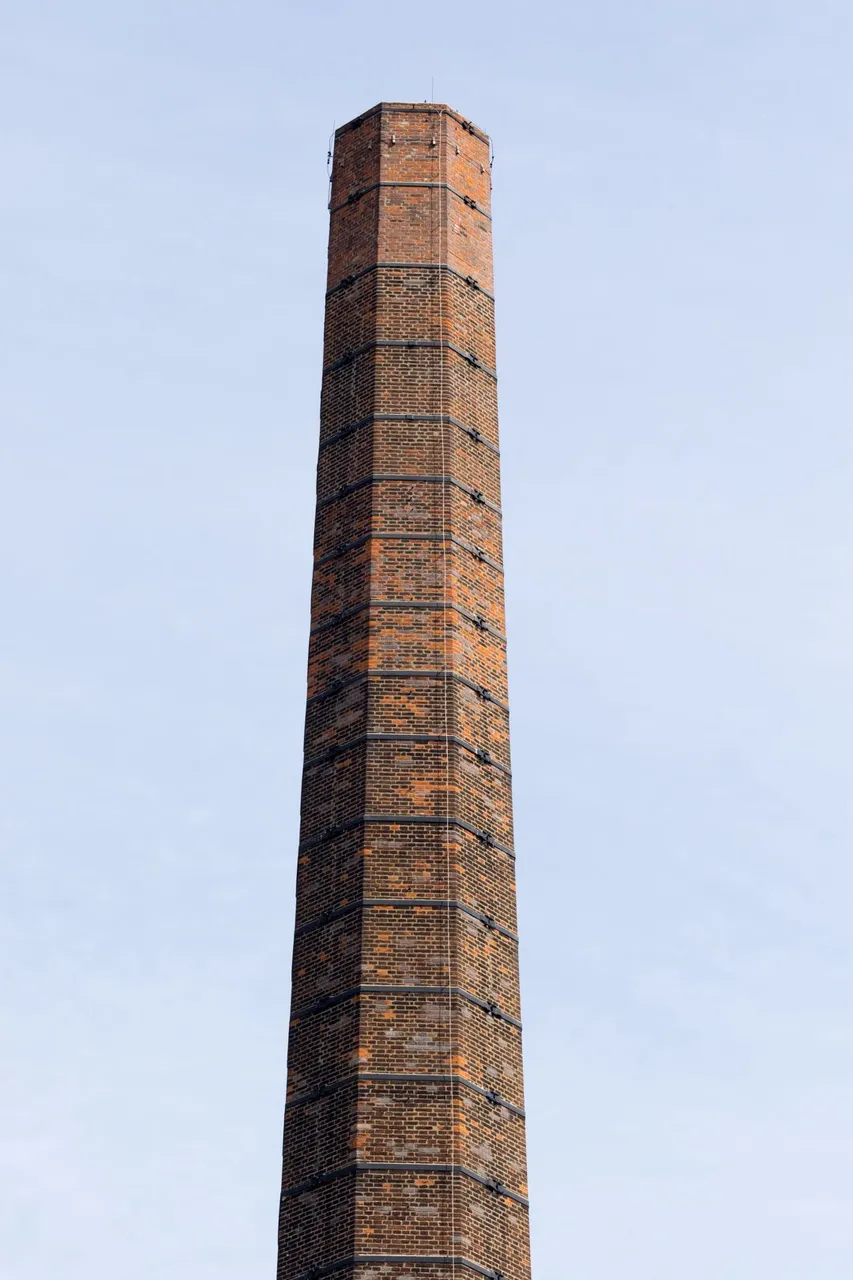
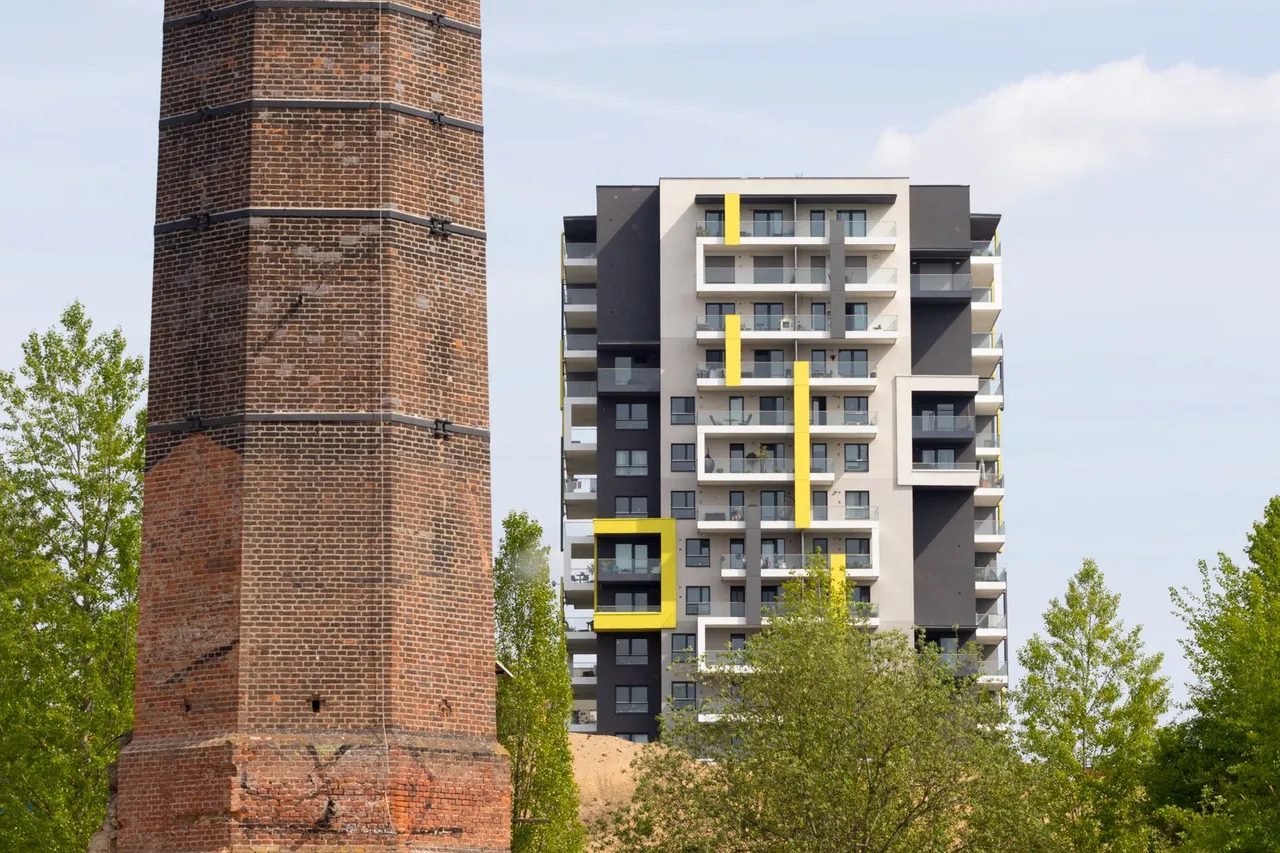
Nowadays, there is a lot of construction in the former industrial zones. Previously, companies such as the Orion chocolate factory, which made Modřany smell like chocolate, were located here, and on the other sid eof the quarter. A sugar factory where cubed sugar was invented. Which, on the other hand, smelled strongly in the winter months.
V bývalých průmyslových zónách se dnes hojně staví. Dříve tu sídlili firmy jako čokoládovna Orion, díky které Modřany voněly po čokoládě a na druhé straně cukrovar, kde byl vynalezen kostkový cukr. Který zase naopak v zimních měsících silně zapáchal.
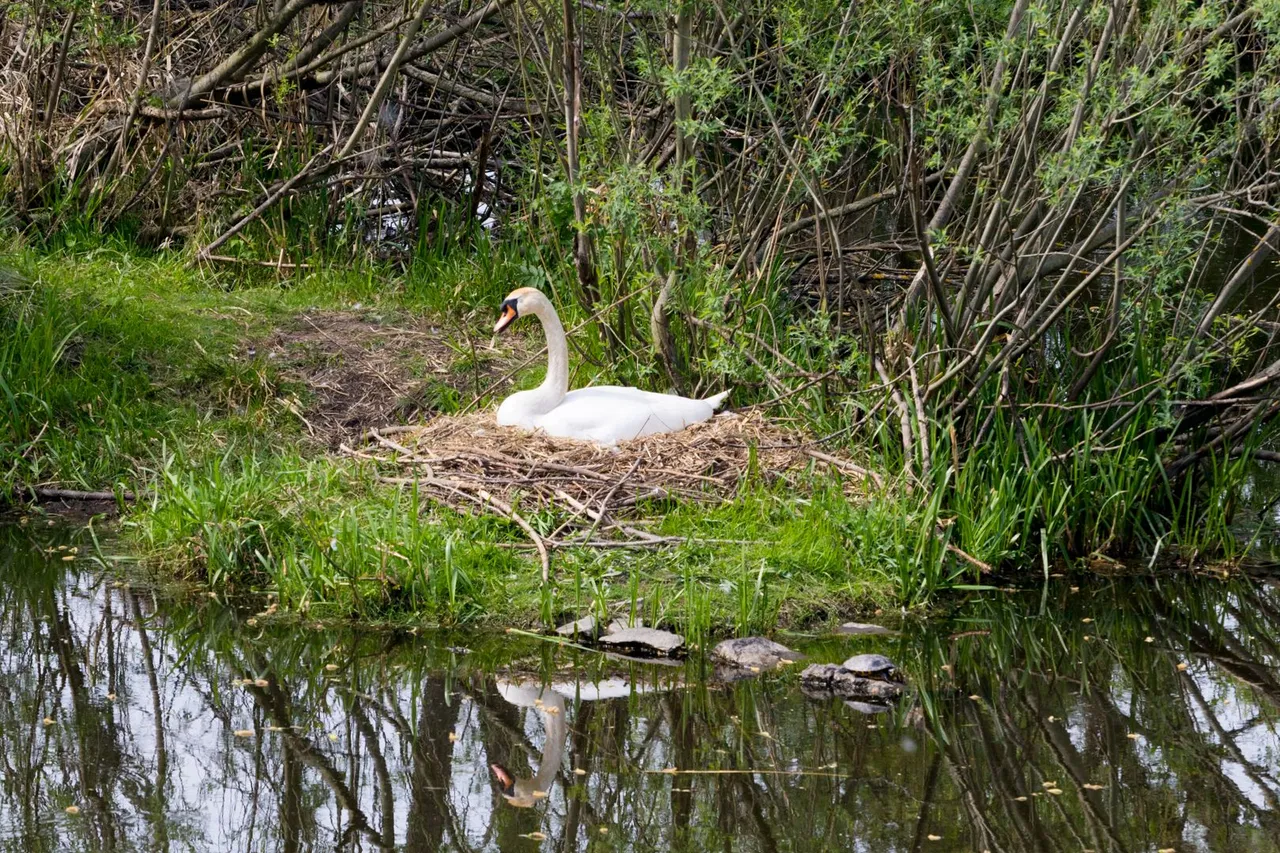
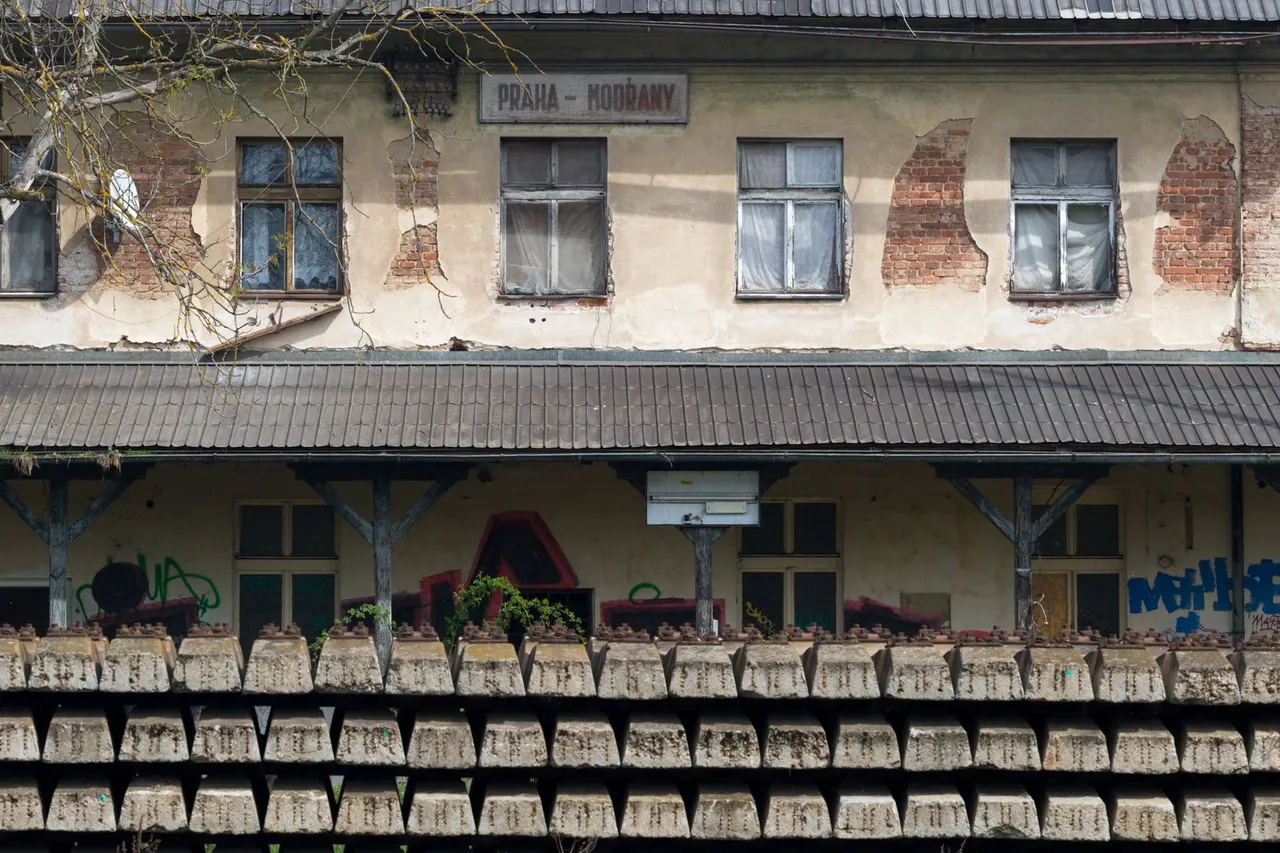
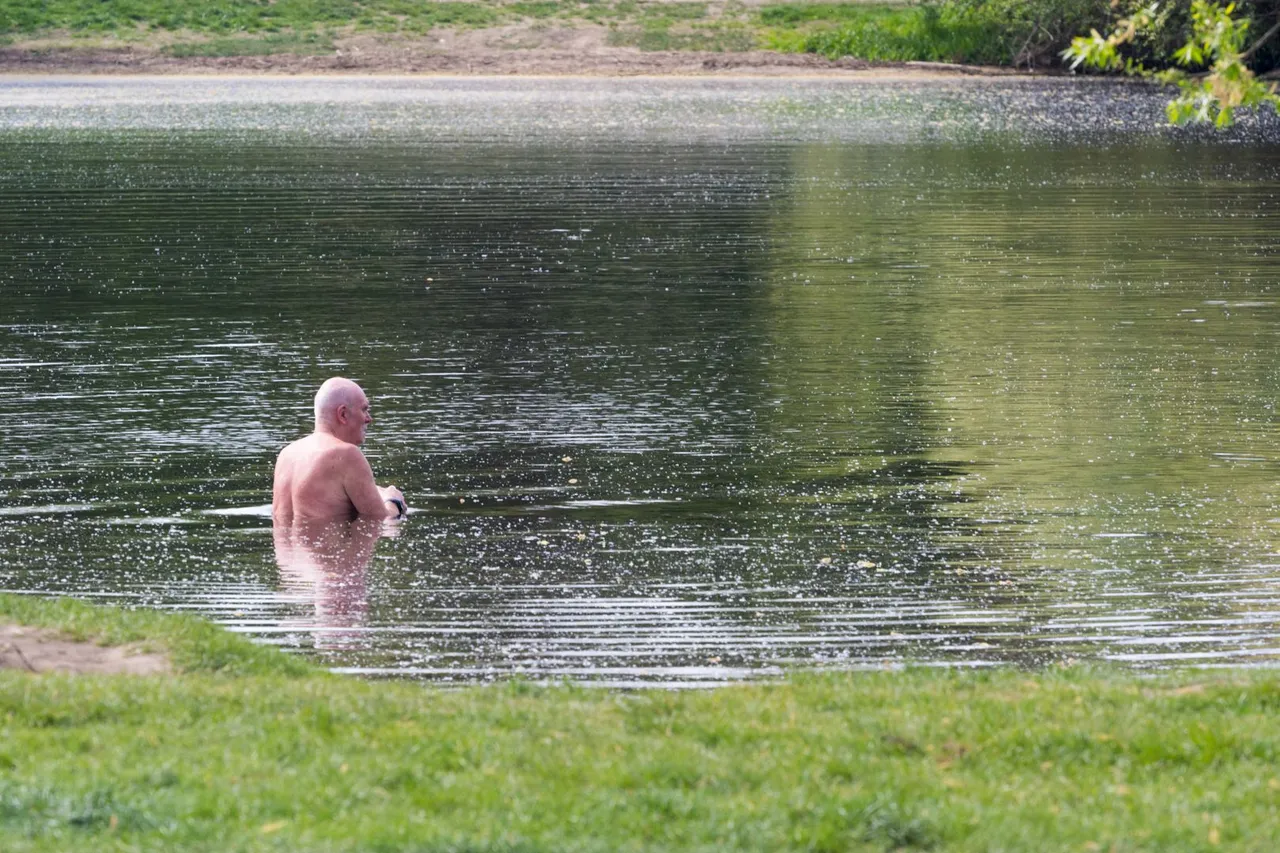
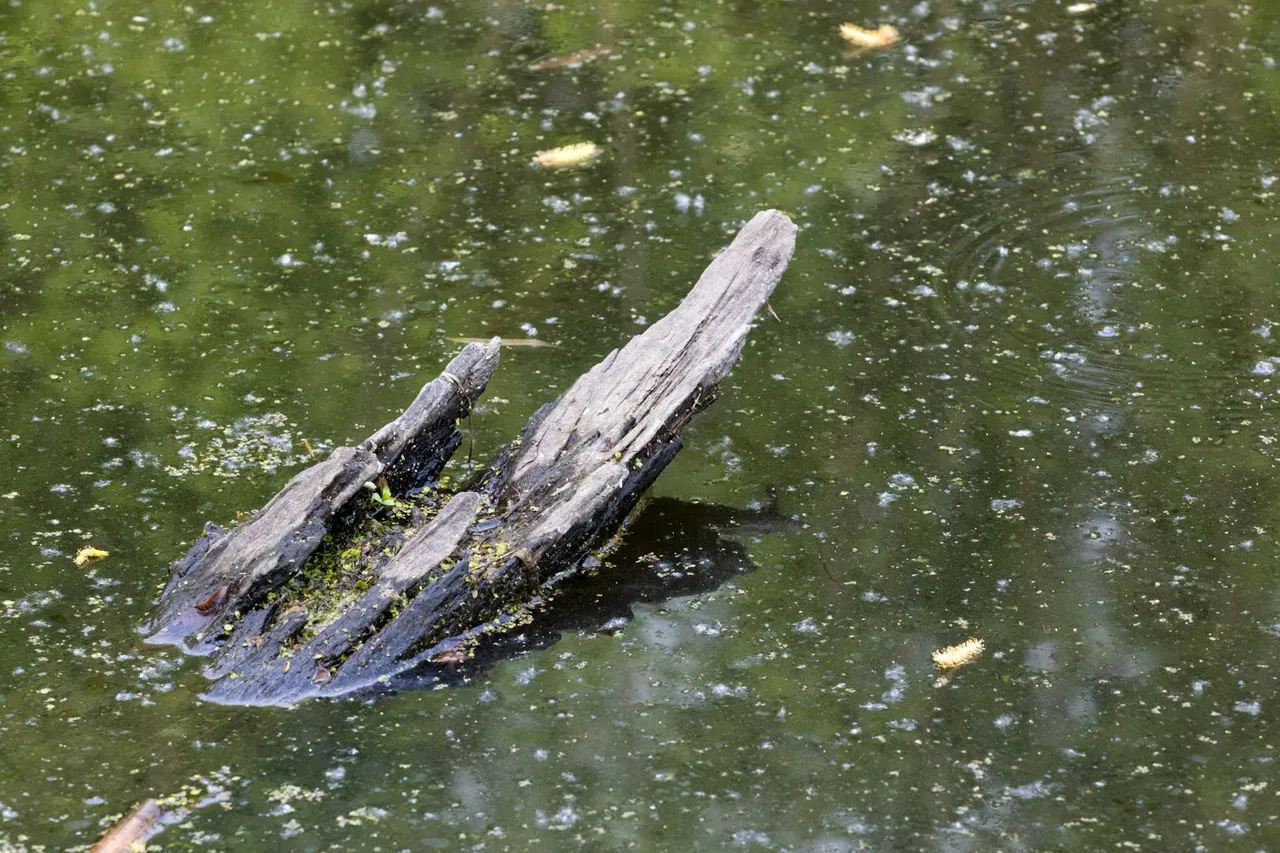
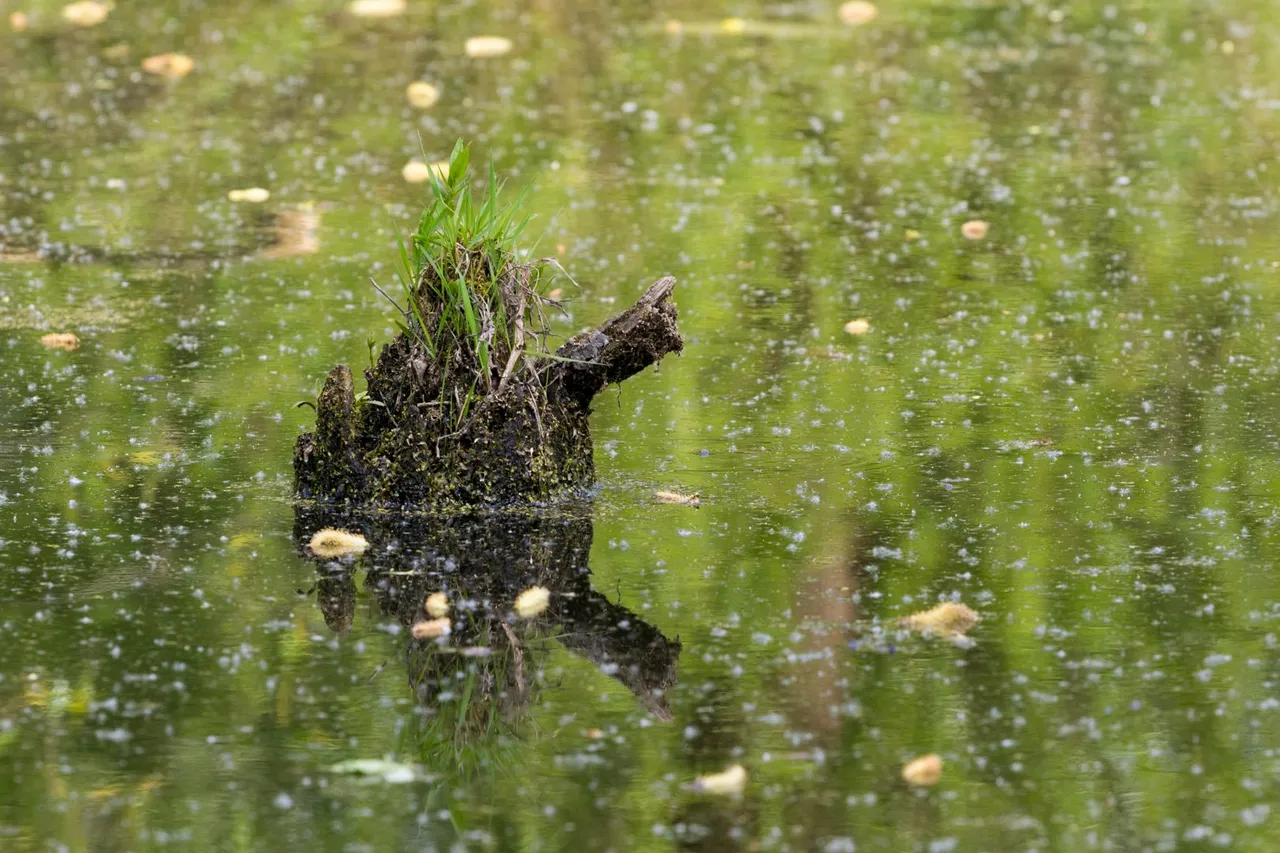
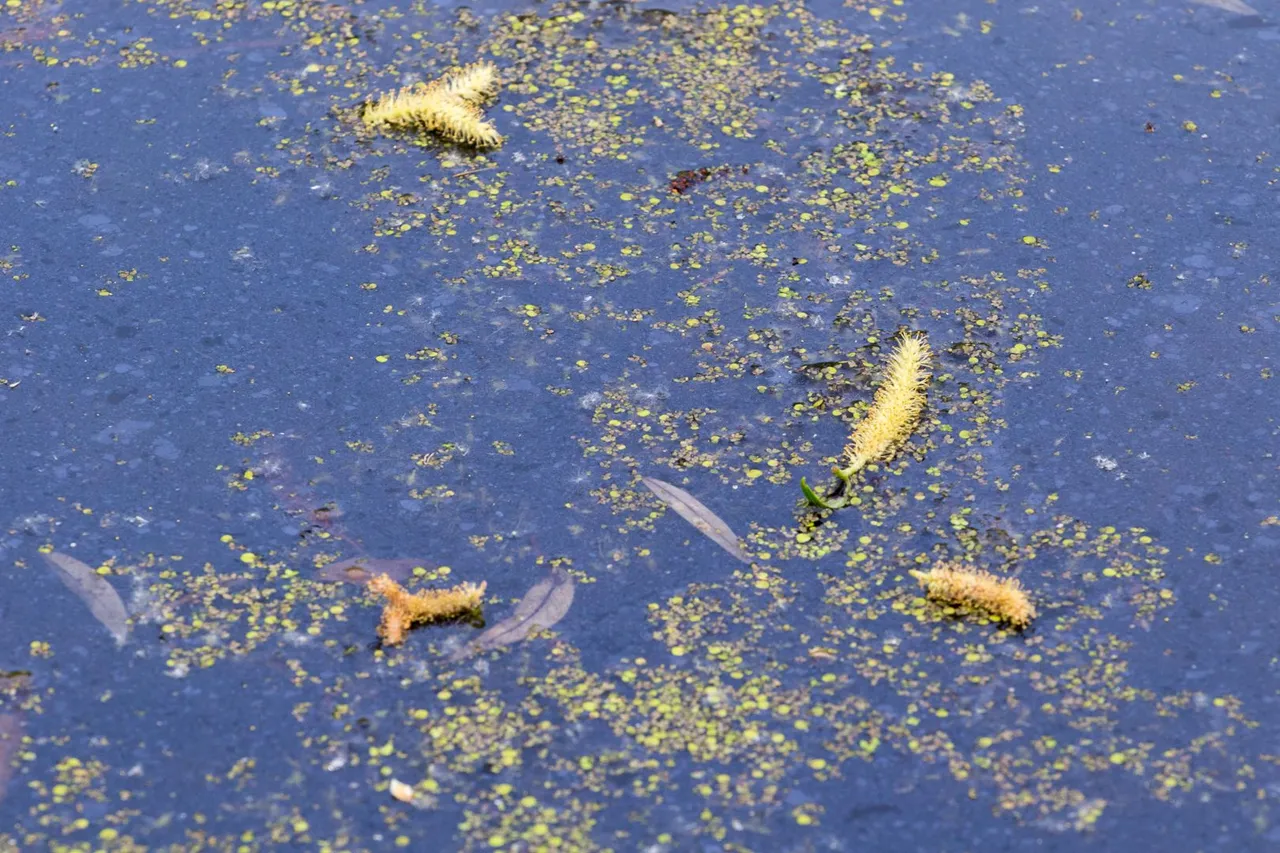
On the outskirts of Modřany, we get to the nature of the so-called Modřany pools, where it lives a life of its own. Some people even took advantage of the warm weather to cool off in the river.
Na okraji Modřan se dostáváme do přírody takzvaných Modřanských tůní kde to žije svým vlastním životem. Dokonce někteří lidé využili teplého počasí k osvěžení v řece.

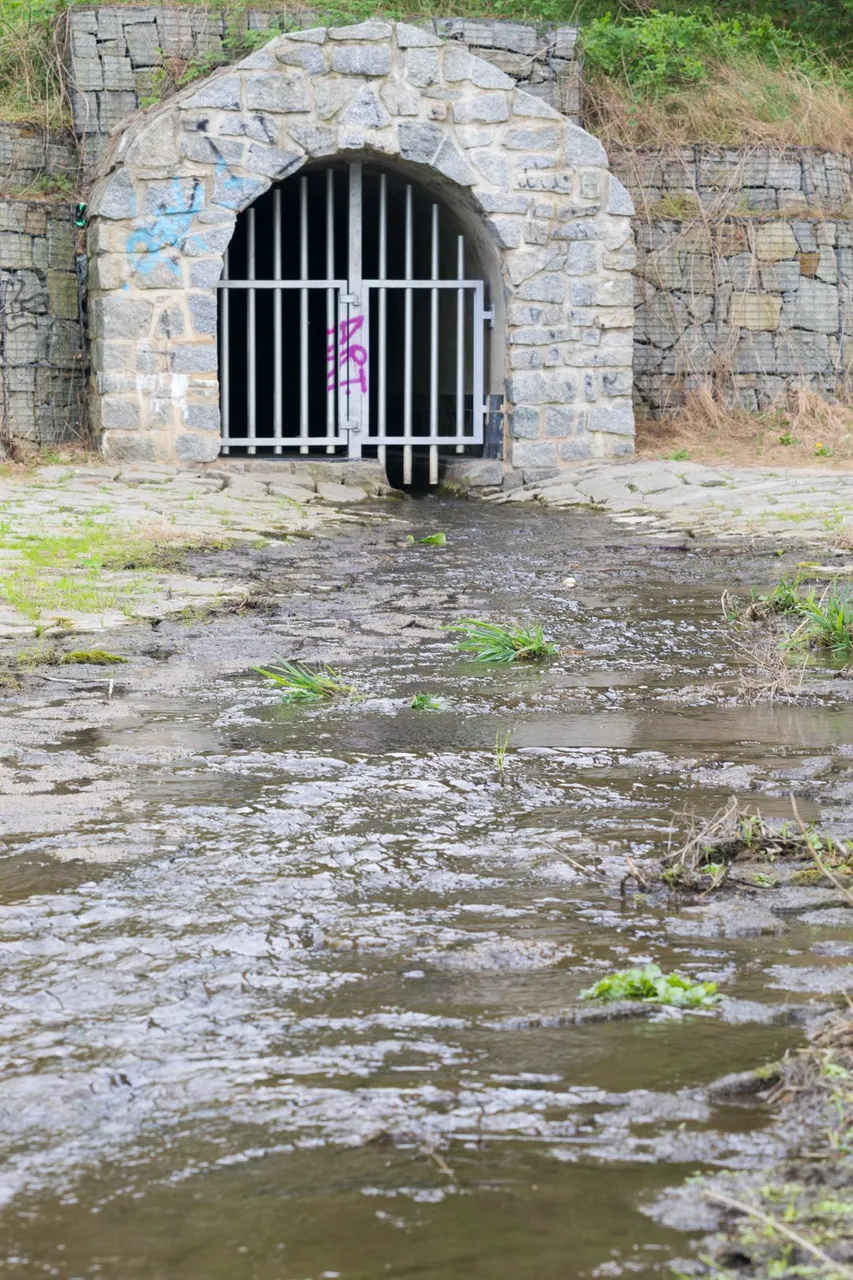
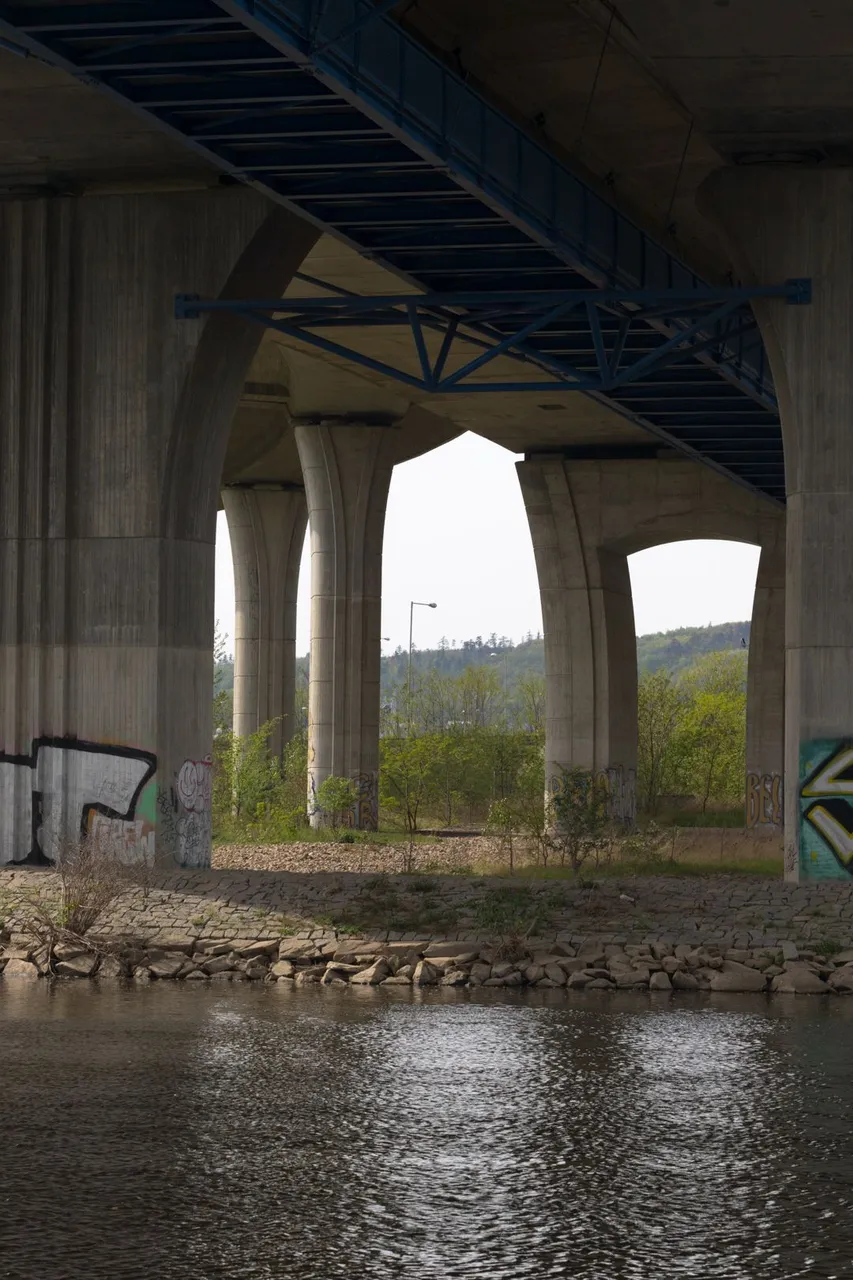
Following the path on the bank of the river, we reach the largest bridge in the territory of Prague, which was built during the construction of the highway bypass of Prague.
Po cestičce na břehu řeky se dostaneme k největšímu mostu na území Prahy, který byl postaven při stavbě dálničního obchvatu Prahy.
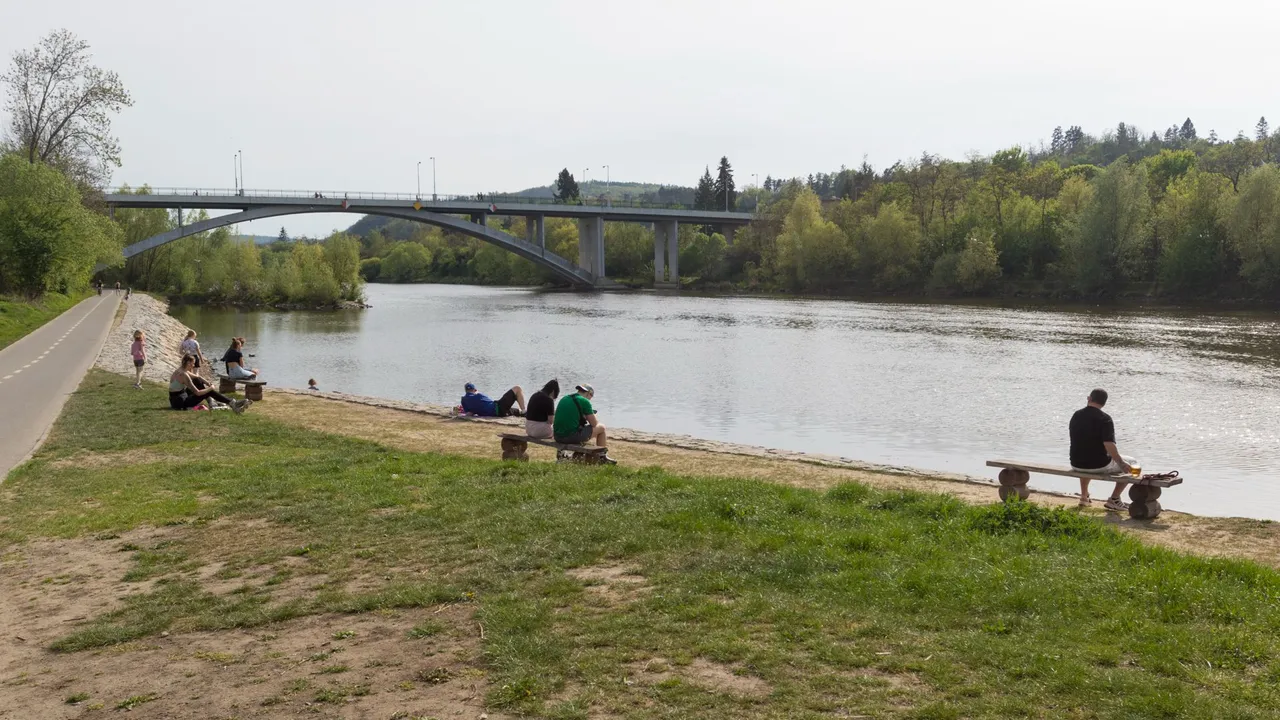
Which is not far from another district named Zbraslav. Here is the last chance to refresh yourself by the river in one of the bars on the edge of the bike path.
Což je již nedaleko k další čtvrti nesoucí název Zbraslav. Zde je poslední šance se osvěžit u řeky v některém z barů na okraji cyklostezky.
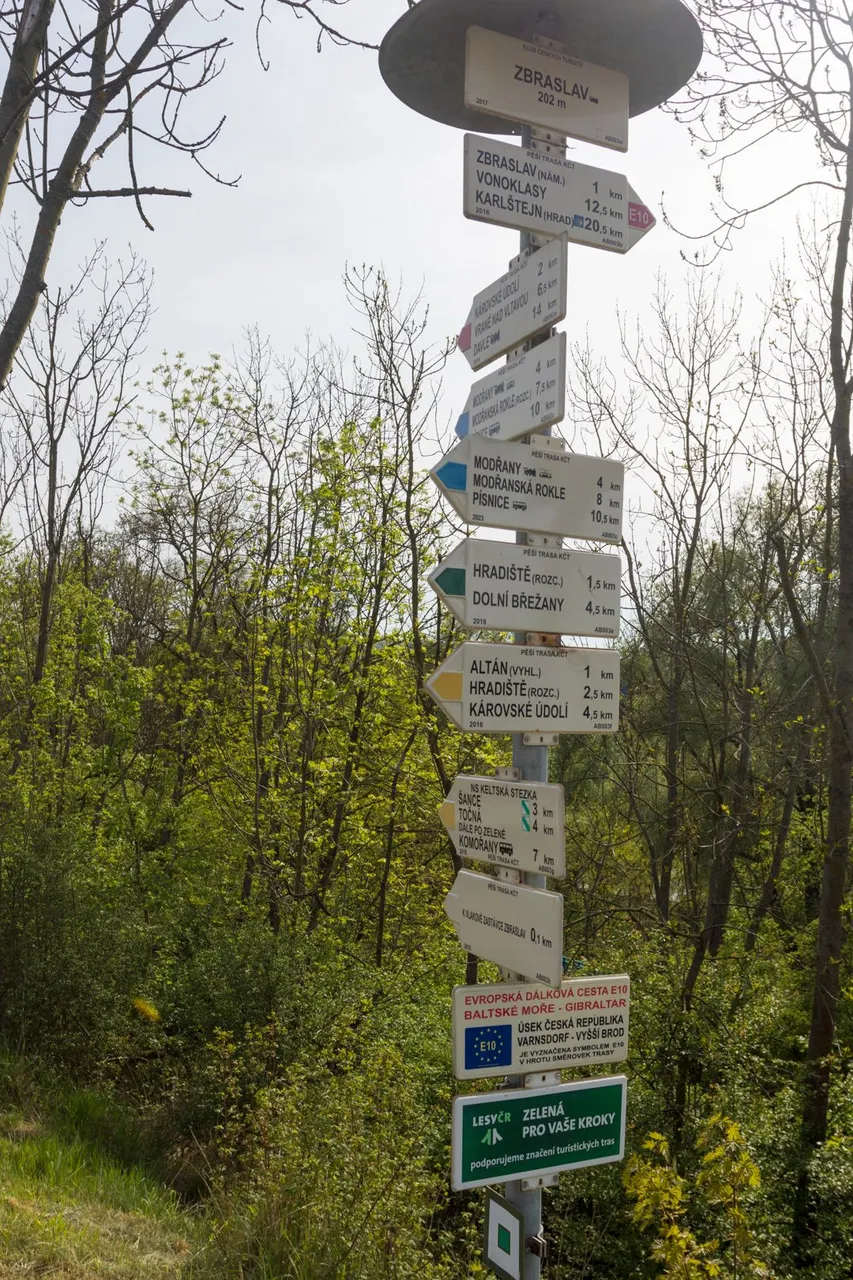
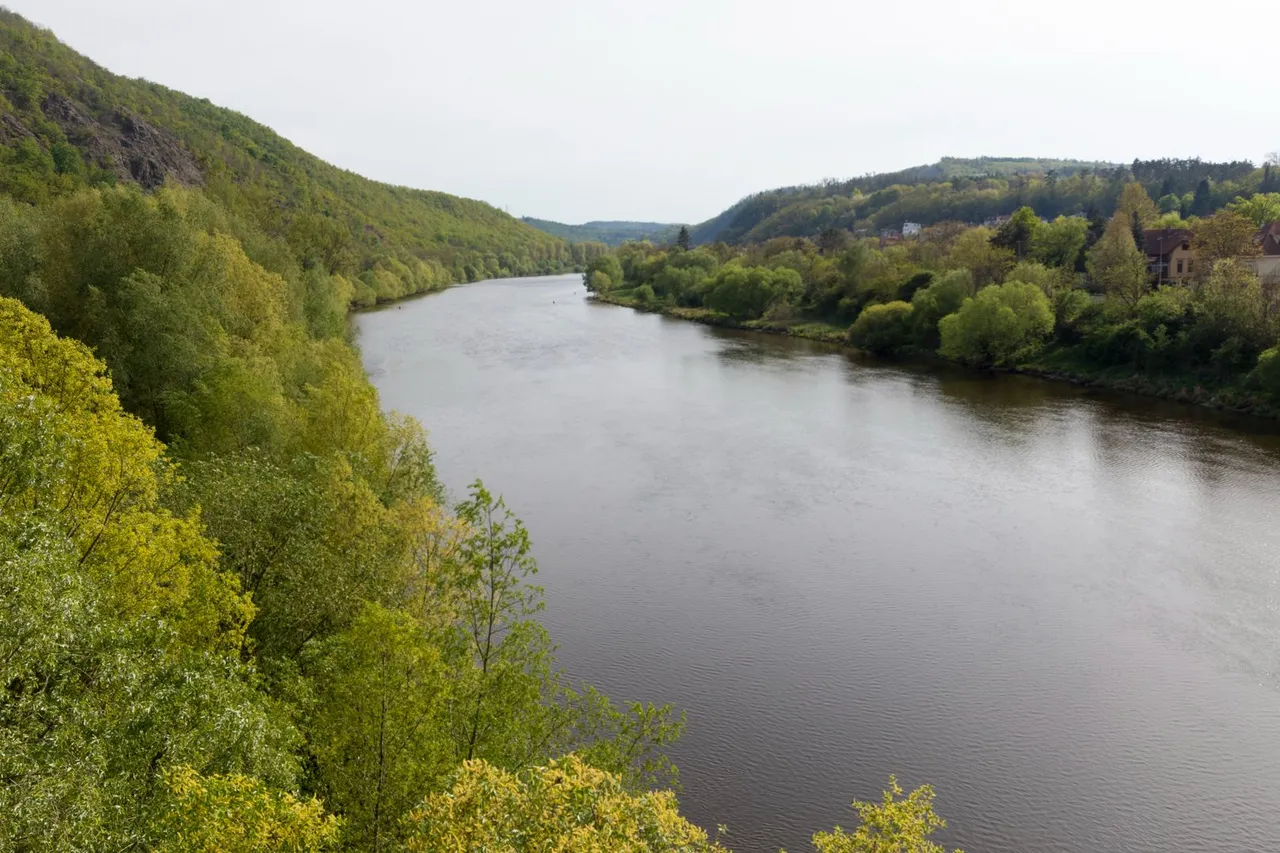
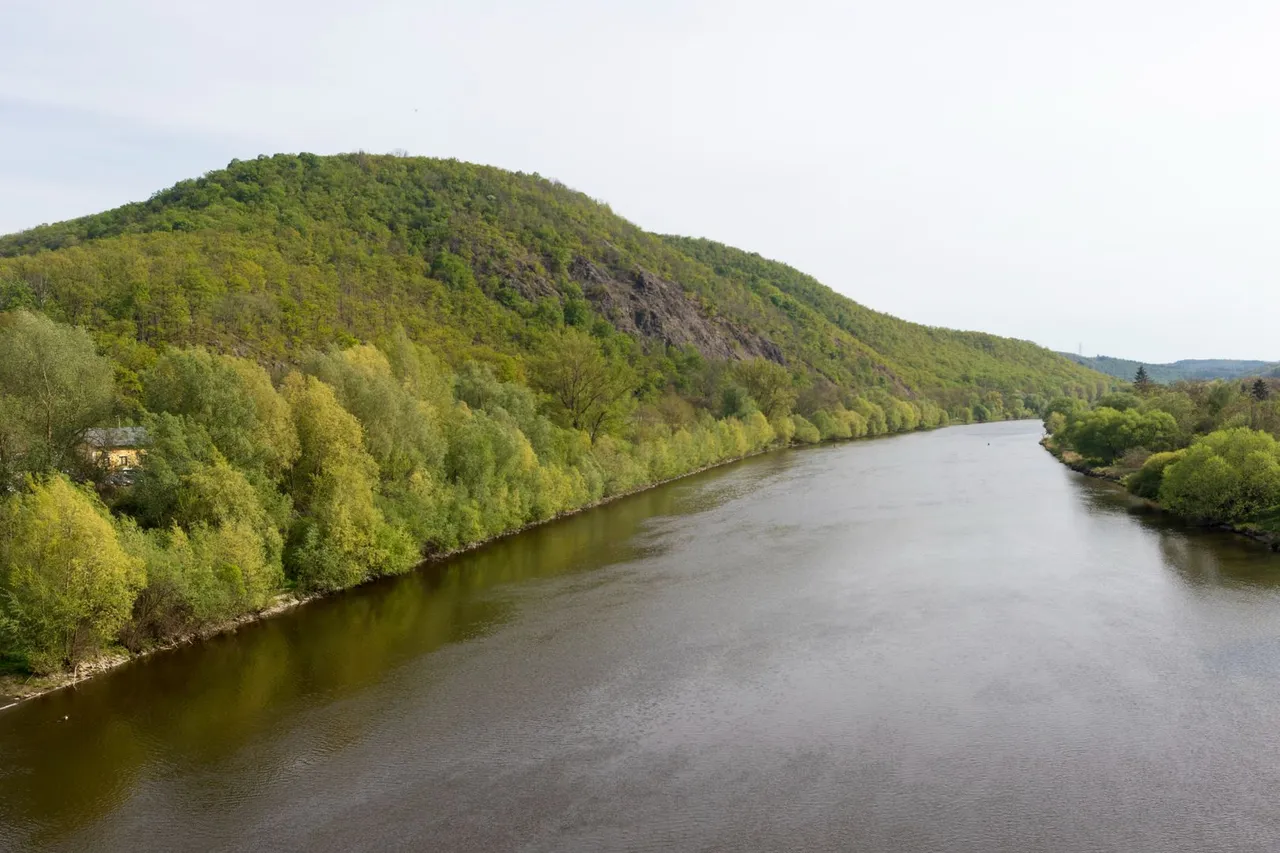
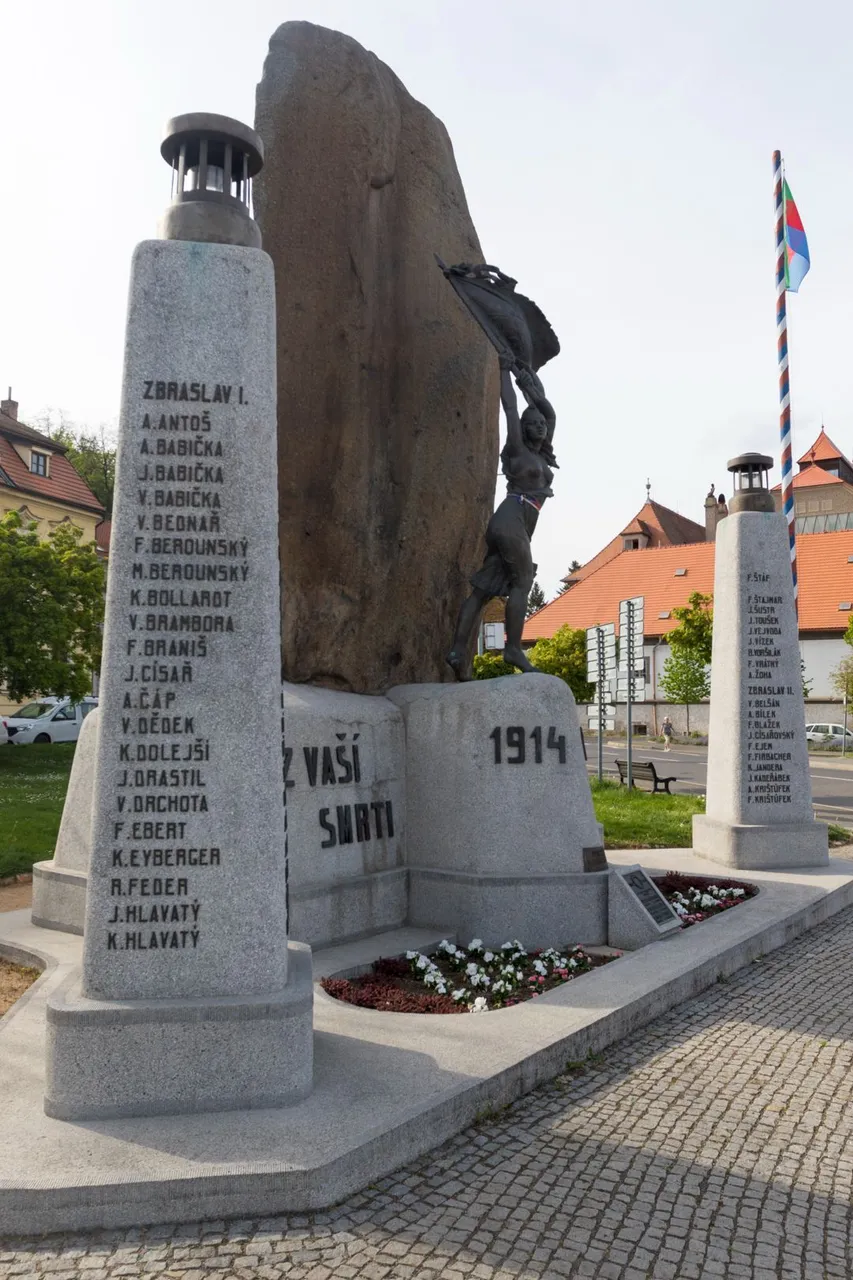
All that remains is to cross the last bridge over the Vltava on the territory of Prague to the center of Zbraslav. Where in the square it is possible to honor the memory of those who died in the world wars. Or visit the restaurant where the song Škoda lásky by Jaromír Vejvoda was written.
Jaromír Vejvoda - Škoda lásky by Central music of the Army of the Czech Republic
Nezbývá než se vydat přes poslední most přes Vltavu na území Prahy do centra Zbraslavi. Kde je na náměstí možné uctít památku padlým ve světových válkách. Nebo navštívit restauraci kde vznikla píseň Škoda lásky od Jaromíra Vejvody.
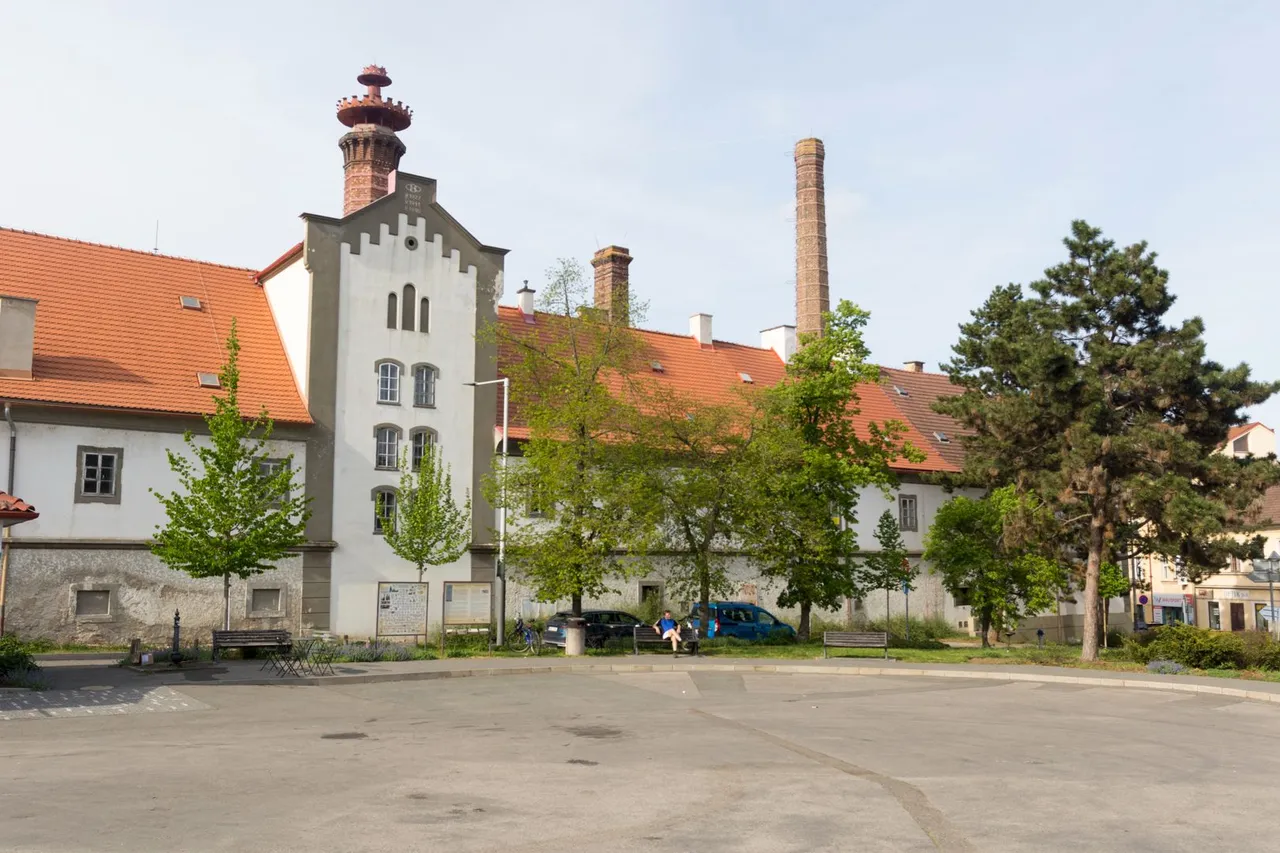
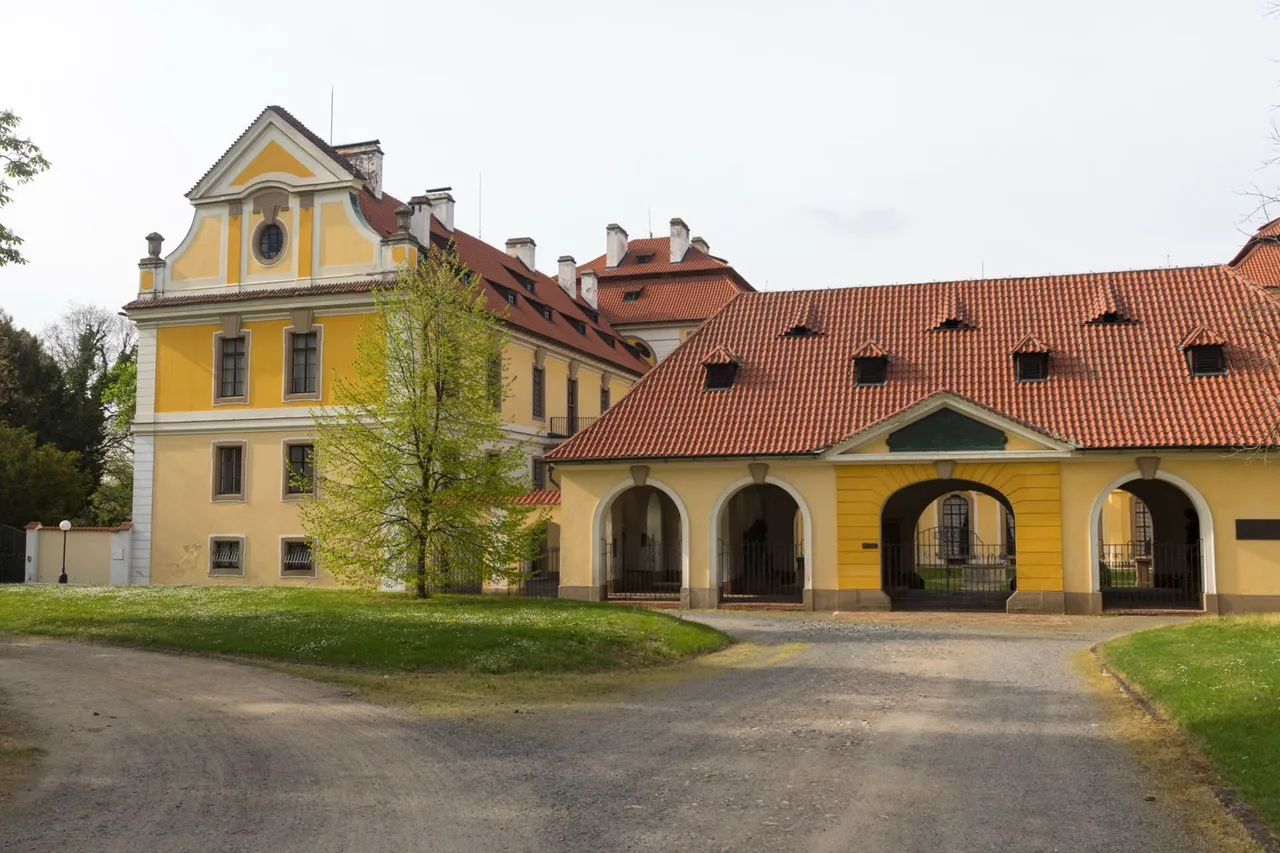
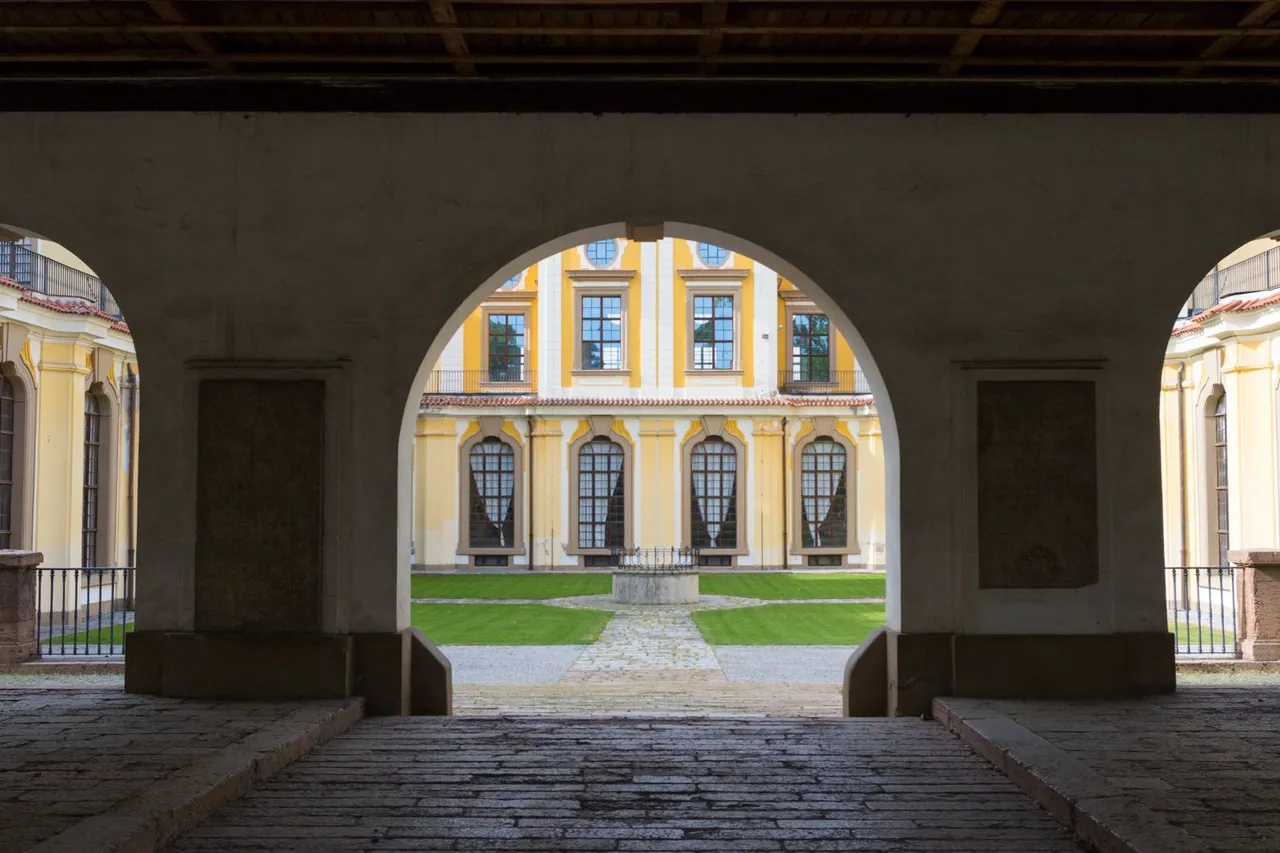
A short distance from the square, right behind the former brewery, there is the Zbraslav Castle, which is private. But the castle garden is freely accessible and the National Gallery hosts its exhibitions in some areas of the Castle.
Kousíček od náměstí, hned za bývalým pivovarem se nachází Zbraslavský zámek, který je v soukromém vlastnictví. Ale zámecká zahrada je volně přístupná a v některých prostorech zámku pořádá svoje výstavy Národní galerie.
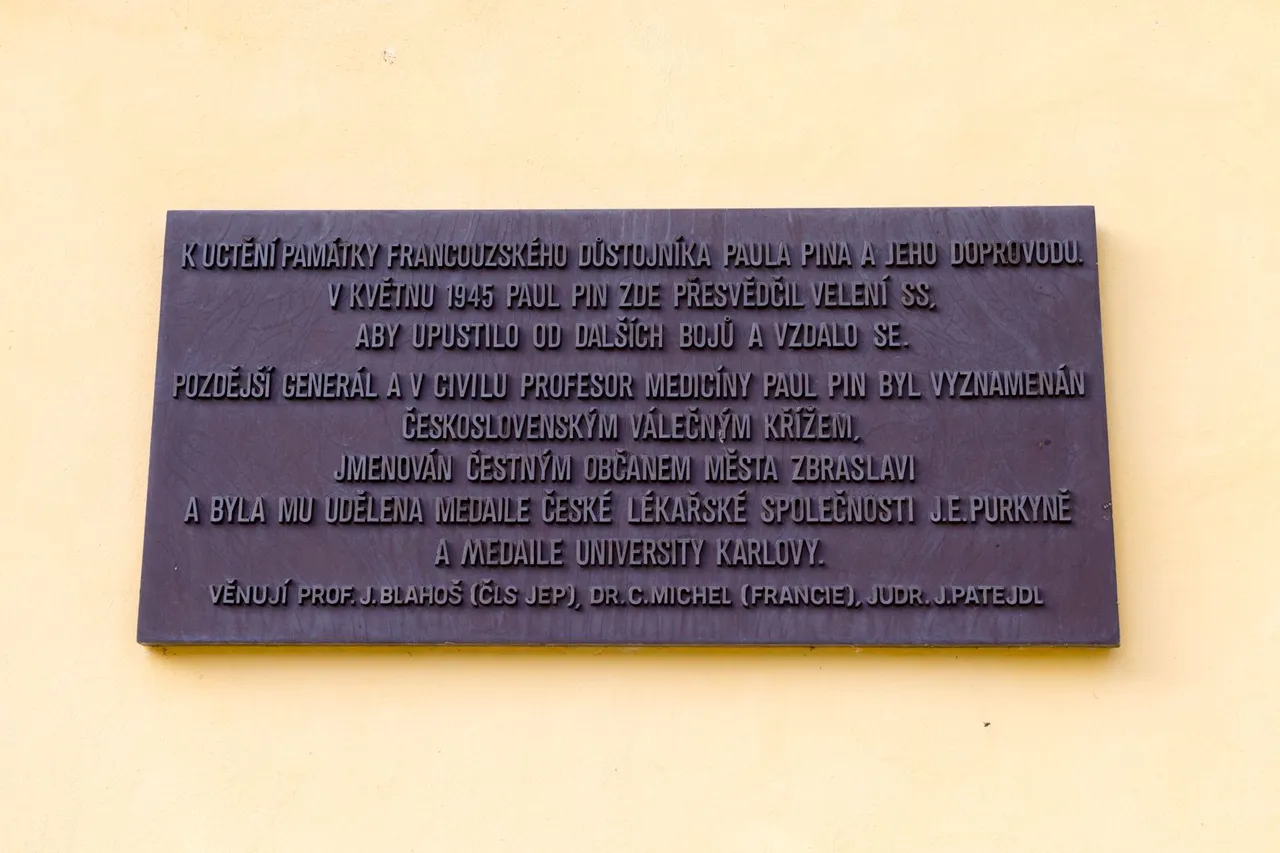
There is also a memorial plaque dedicated to the French officer Paul Pin, who convinced the SS command to surrender and thereby end the war in Prague.
Je zde i pamětní deska věnovaná Francouzskému důstojníkovi Paulu Pinovi, který přesvědčil velení SS, aby se vzdalo a tím ukončil válku v Praze.

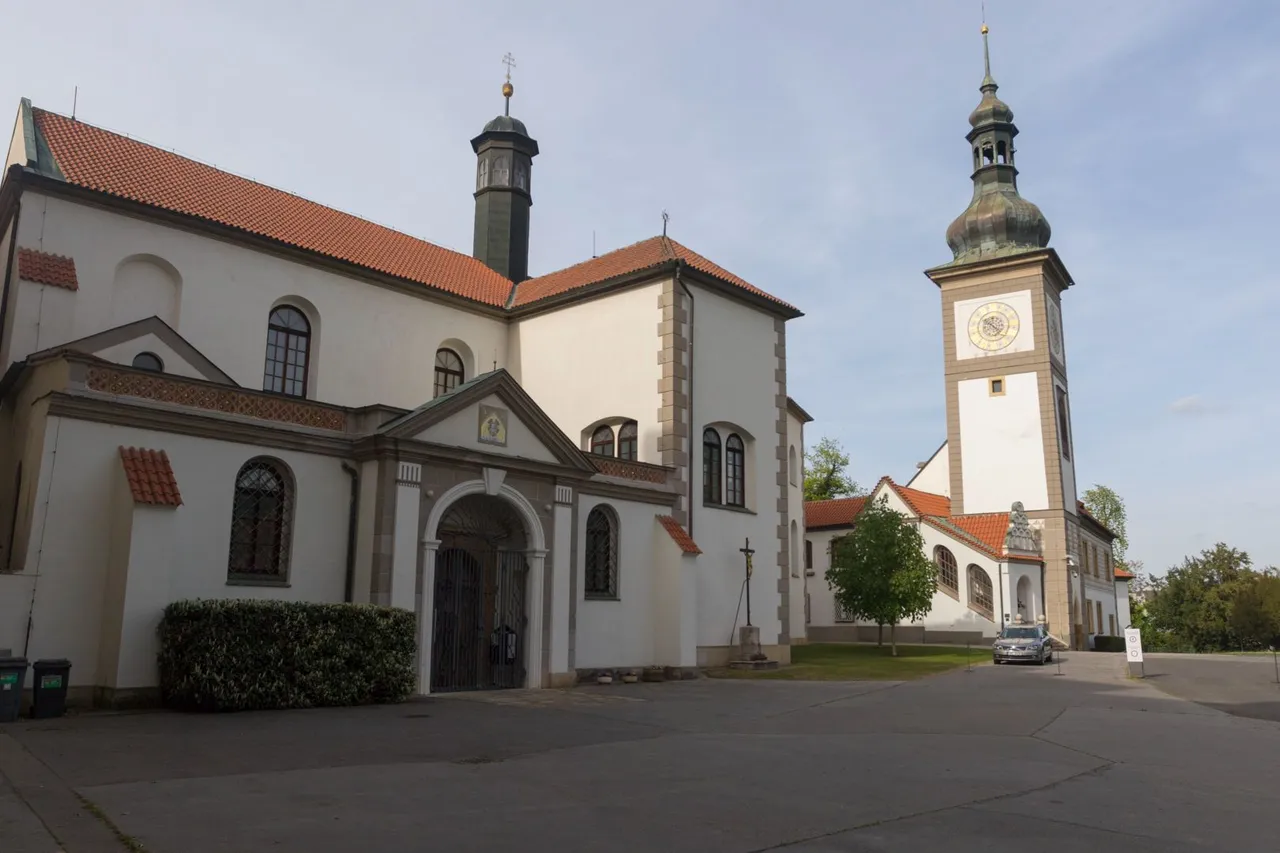
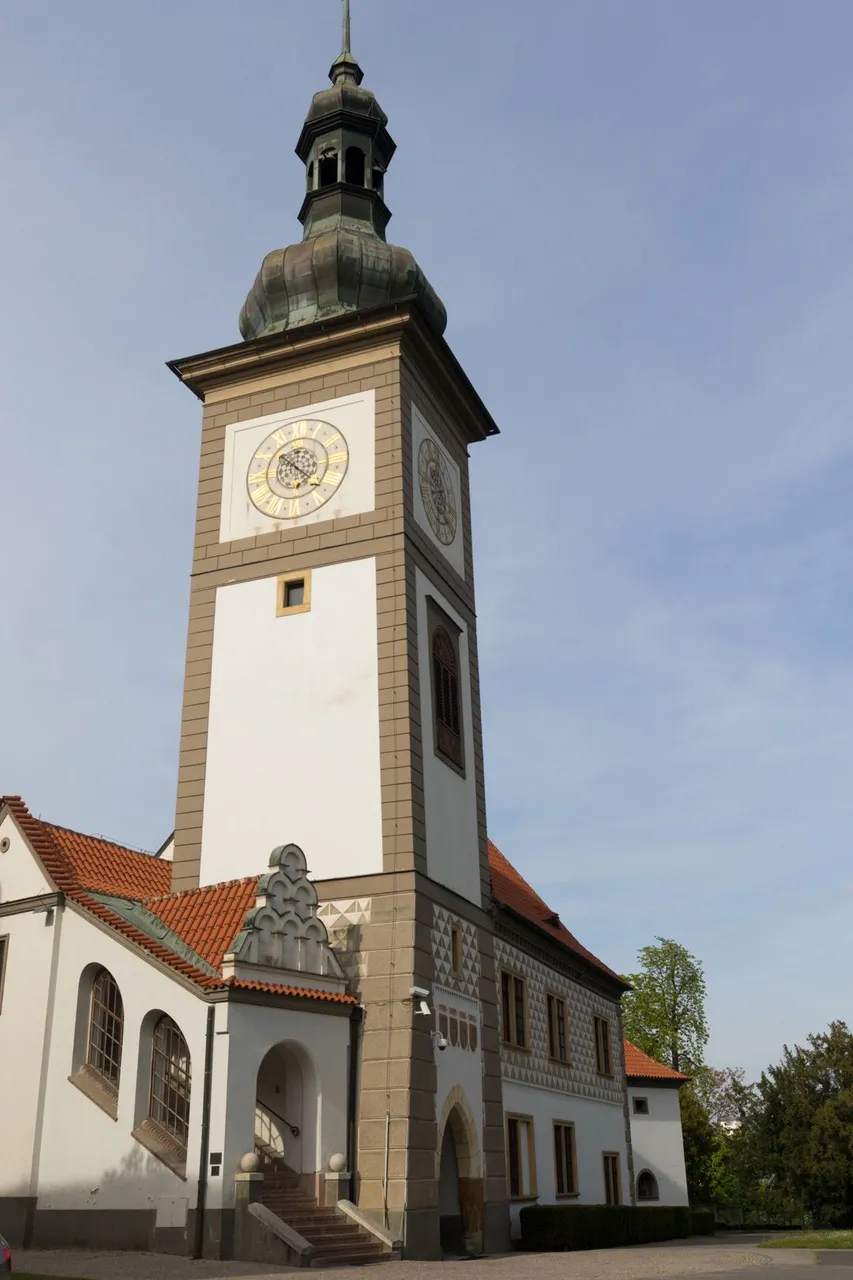
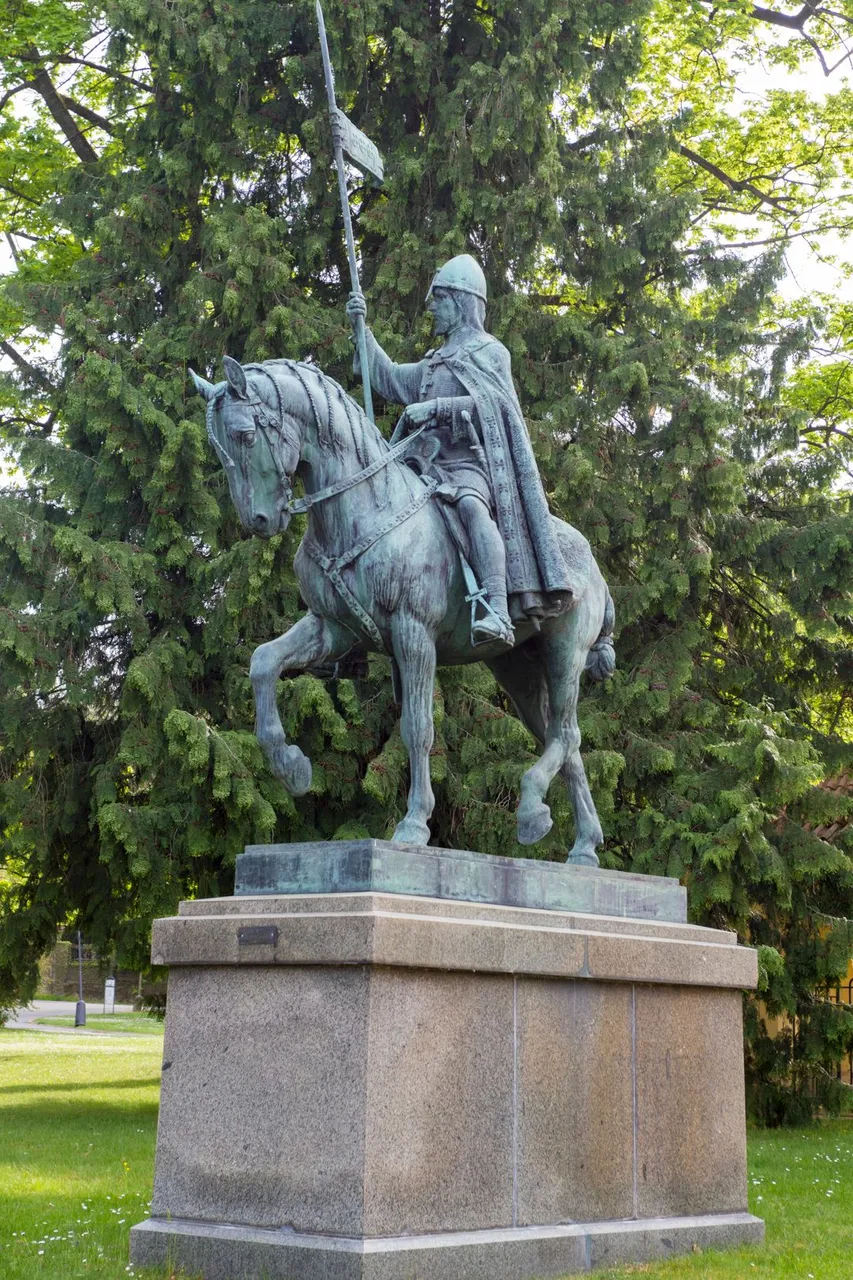
There are several statues in the park area, but the most famous is probably the statue of St. Wenceslas by the sculptor Josef Václav Myslbek, who created this statue as a model for the statue that dominates Wenceslas Square in the center of Prague.
V areálu parku je několik soch, ale nejznámější je asi socha svatého Václava od sochaře Josefa Václava Myslbeka, který tuto sochu vytvořil jako předlohu pro sochu, která je dominantou Václavského náměstí v centru Prahy.

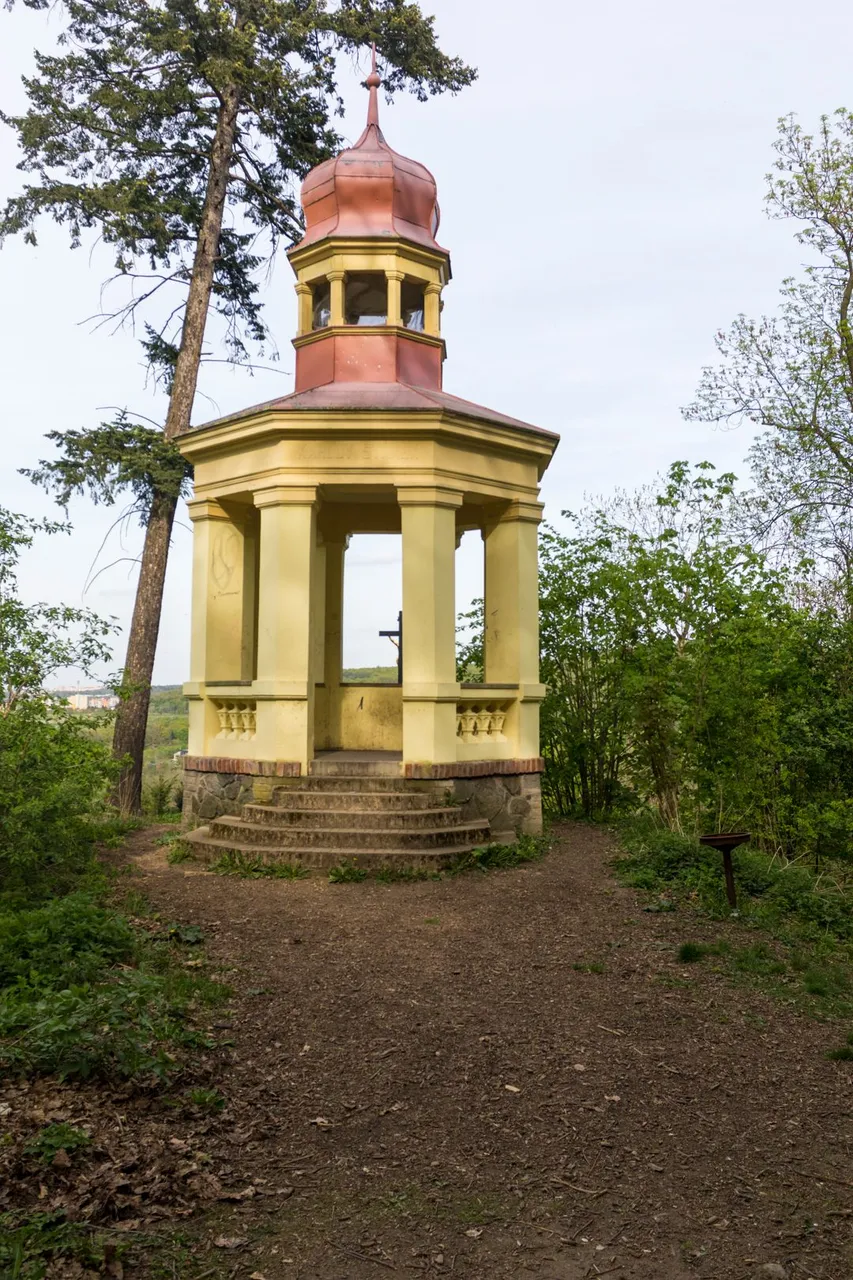
On the hill above the castle there is a viewing pavilion, which was built here in honor of the place from where he first saw the places where the future emperor Charles IV would rule. In addition, he visited the grave of his mother Eliška Přemyslovna, who was buried in Zbraslav in 1330. The Czech doctor and writer Vladislav Vančura, who was executed by the Nazis in 1942, often visited this place.
Na kopci nad zámkem je vyhlídkový pavilón, který zde byl postaven na počest místa, odkud poprvé viděl Prahu budoucí císař Karel IV. A navíc navštívil hrob své matky Elišky Přemyslovny, která byla roku 1330 na Zbraslavi pochována. Toto místo navštěvoval často i český lékař a spisovatel Vladislav Vančura, který byl v roce 1942 nacisty popraven.
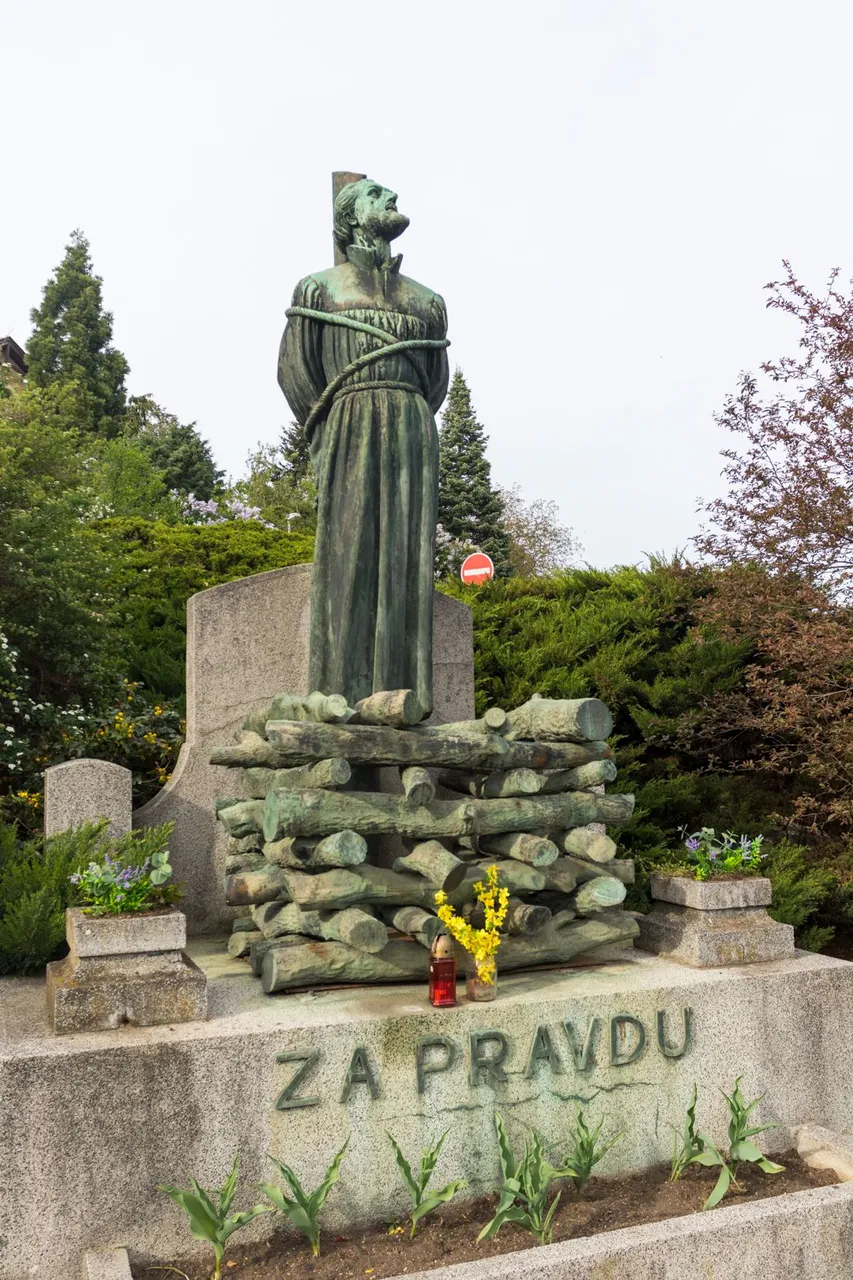
And I ended my journey thematically on the first day at the statue of Jan Hus standing proudly on the fireplace before it was set on fire. It was only few years ago that I understood the description of what is written under the statue "Za Pravdu" (For the truth). When people are persecuted for telling the truth that the ruling establishment does not like.
A svoji cestu první den jsem tematicky zakončil u sochy Jana Husa stojícího hrdě na hranici před tím, než byla zažehnuta. Teprve před pár lety jsem pochopil popisek, co je pod sochou napsán. Kdy jsou lidé perzekuováni za to že říkají pravdu, která se vedoucí garnituře nelíbí.
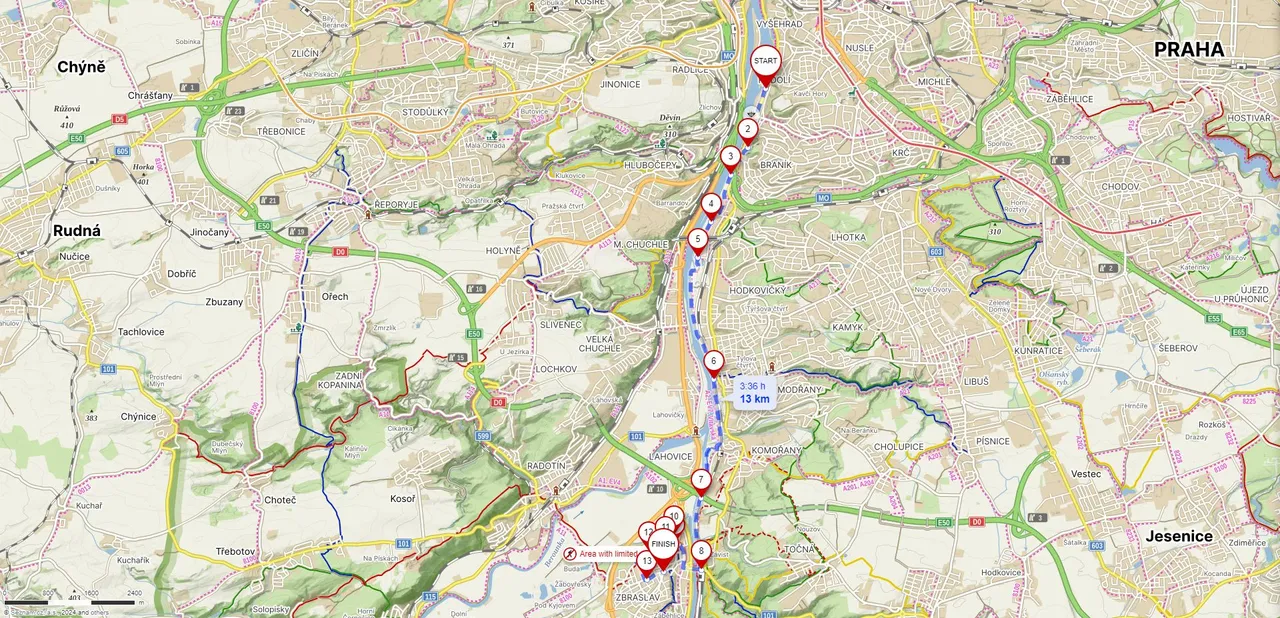
| Kilometers walked | Meters Up | Meters Down |
|---|---|---|
| 17.1 Km | 127 meters | 90 meters |